An exuberant Art Deco SRO overlooking one of Chicago's oldest public parks, preserved as affordable housing–this is such an encouraging project. Designed by B. Albert Comm and opened in 1930 as the Union Park Hotel, a middle-class residential hotel, by the early 2000s this was a dilapidated SRO, the Viceroy, in a gentrifying neighborhood. It's easy to imagine a reality where the Viceroy was converted into luxury microapartments, but instead Heartland Alliance and the nearby First Congregational Baptist Church partnered to rehab the building and convert it into an affordable development with wraparound supportive services. Renamed Harvest Commons, the 89 unit building reopened in 2013.
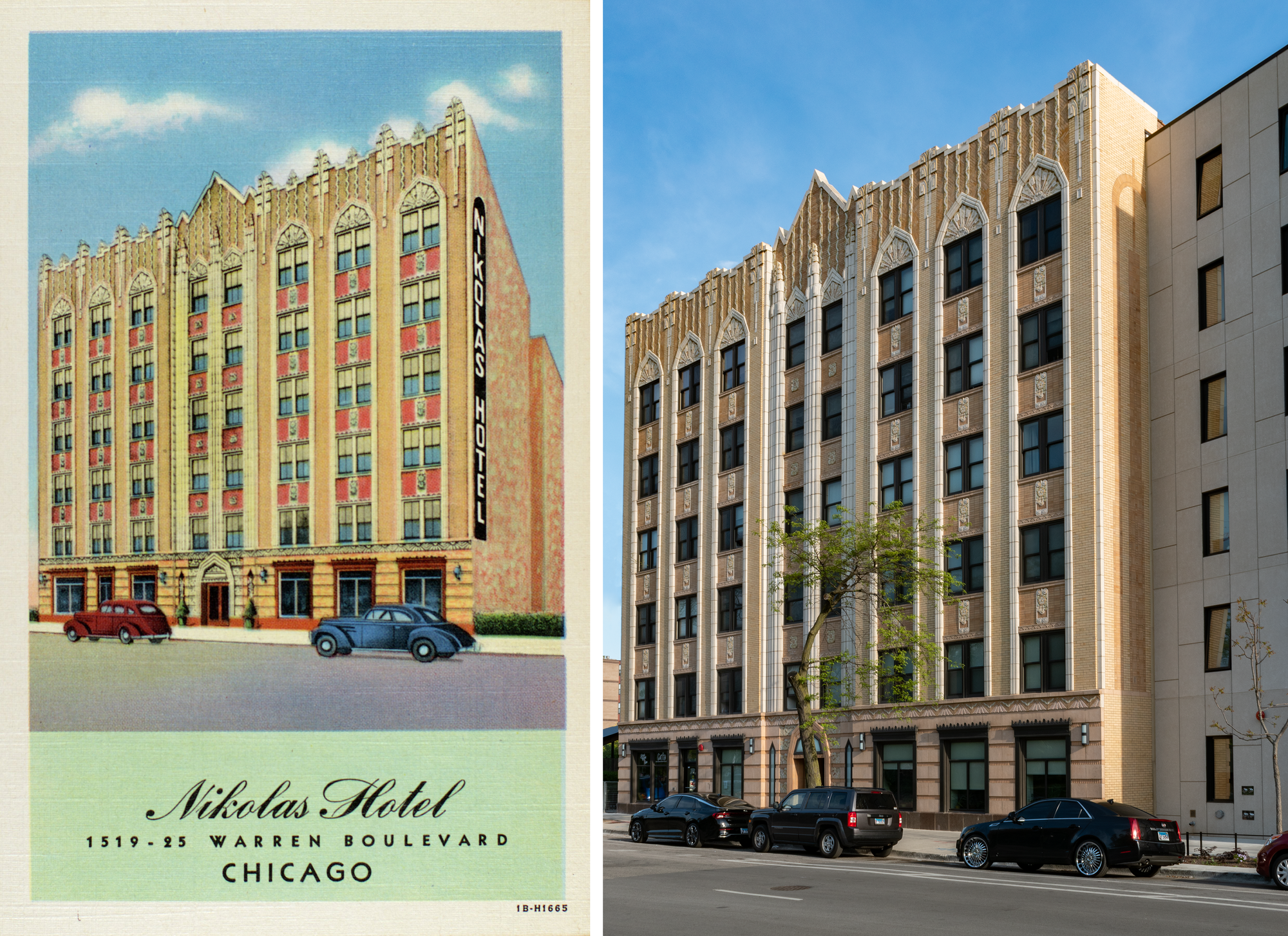
So, what's changed? With the exception of the construction of a next door neighbor, remarkably little–that 2010s restoration has this building looking incredibly fresh. That new neighbor to the west (right) is the Warren Apartments, another Heartland Housing affordable development, this one designed by Valerio Dewalt Train and opened in 2020. Oh, and while the spandrel panels are a different color than the rest of the brick, the illustrator went a little overboard here–they're just beige, not that salmon color in the postcard.
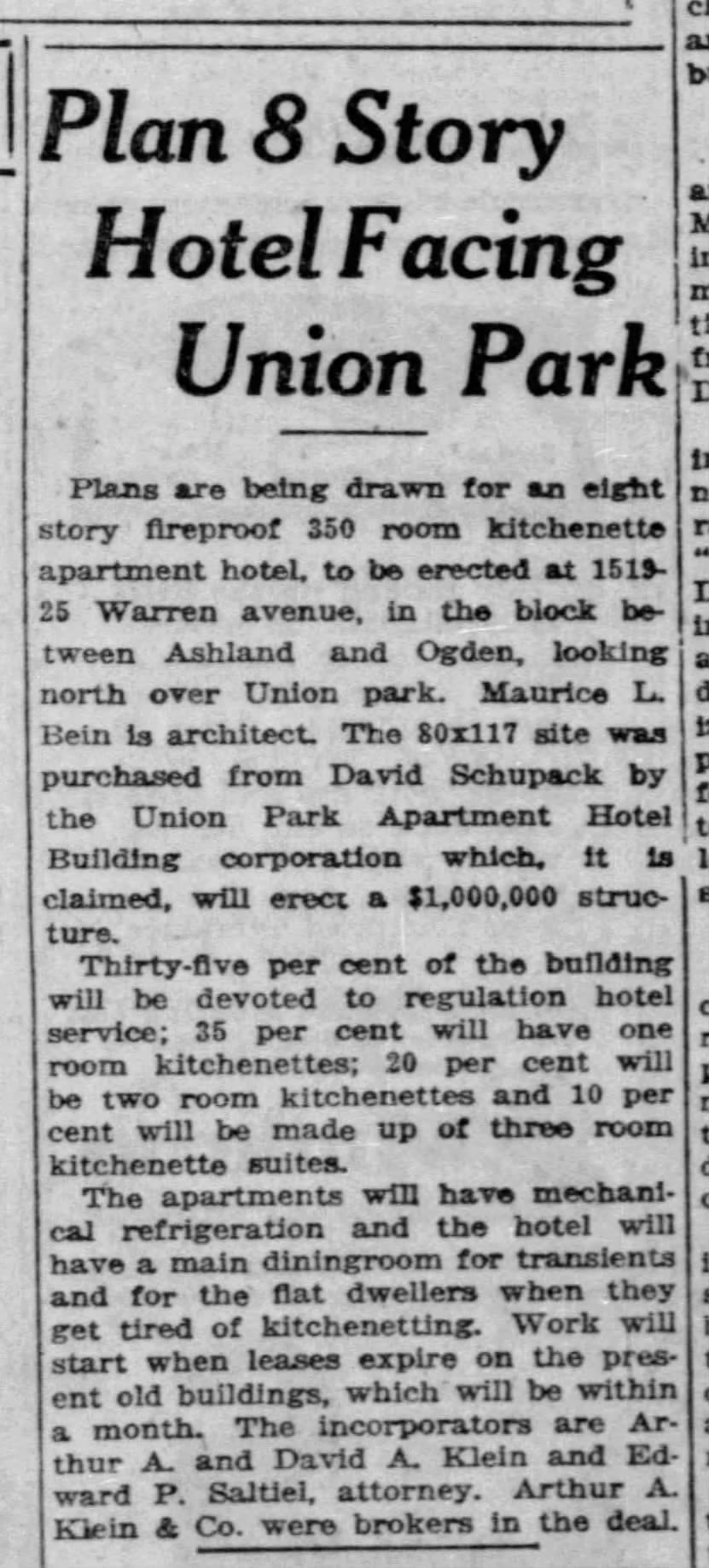
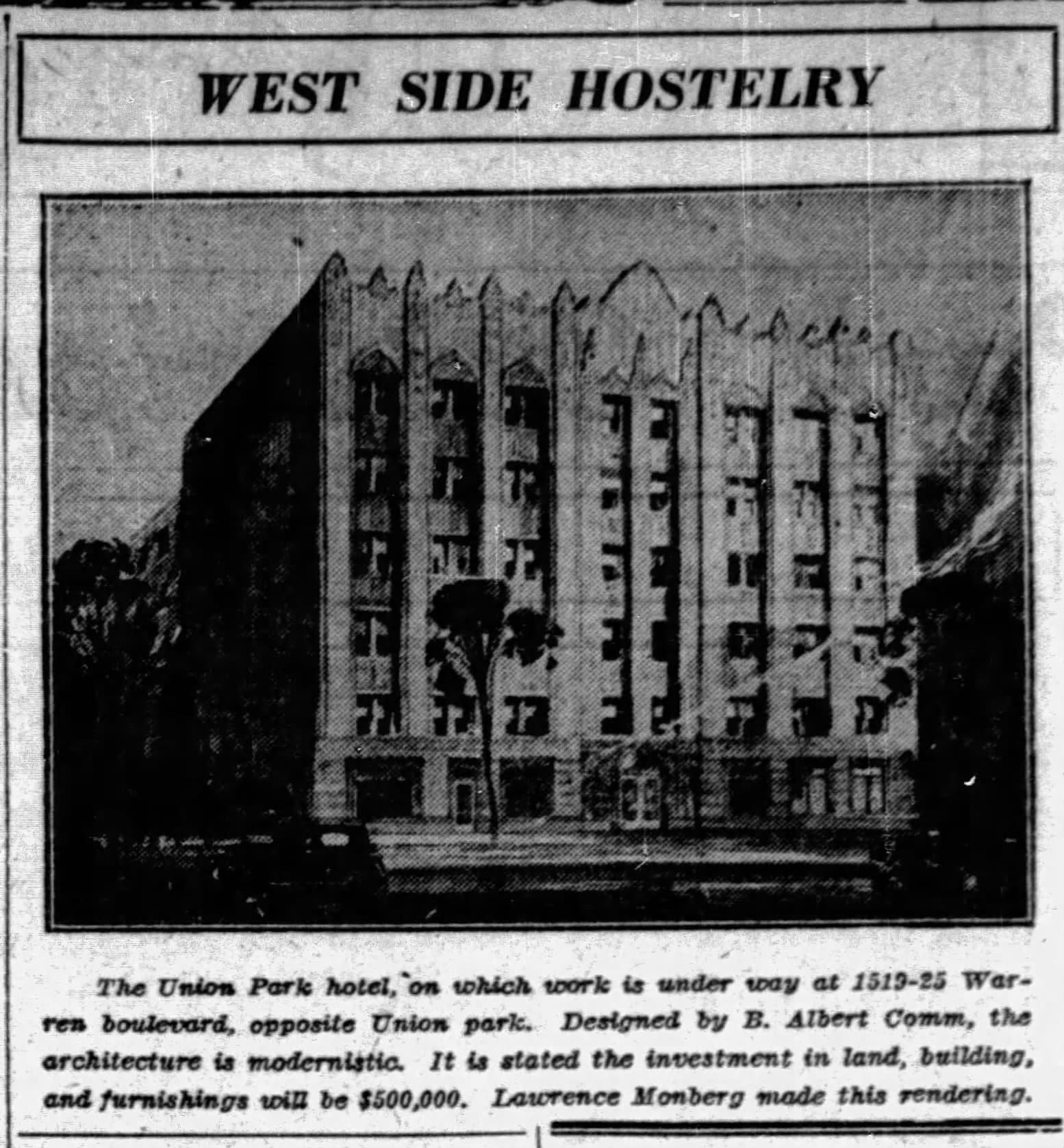

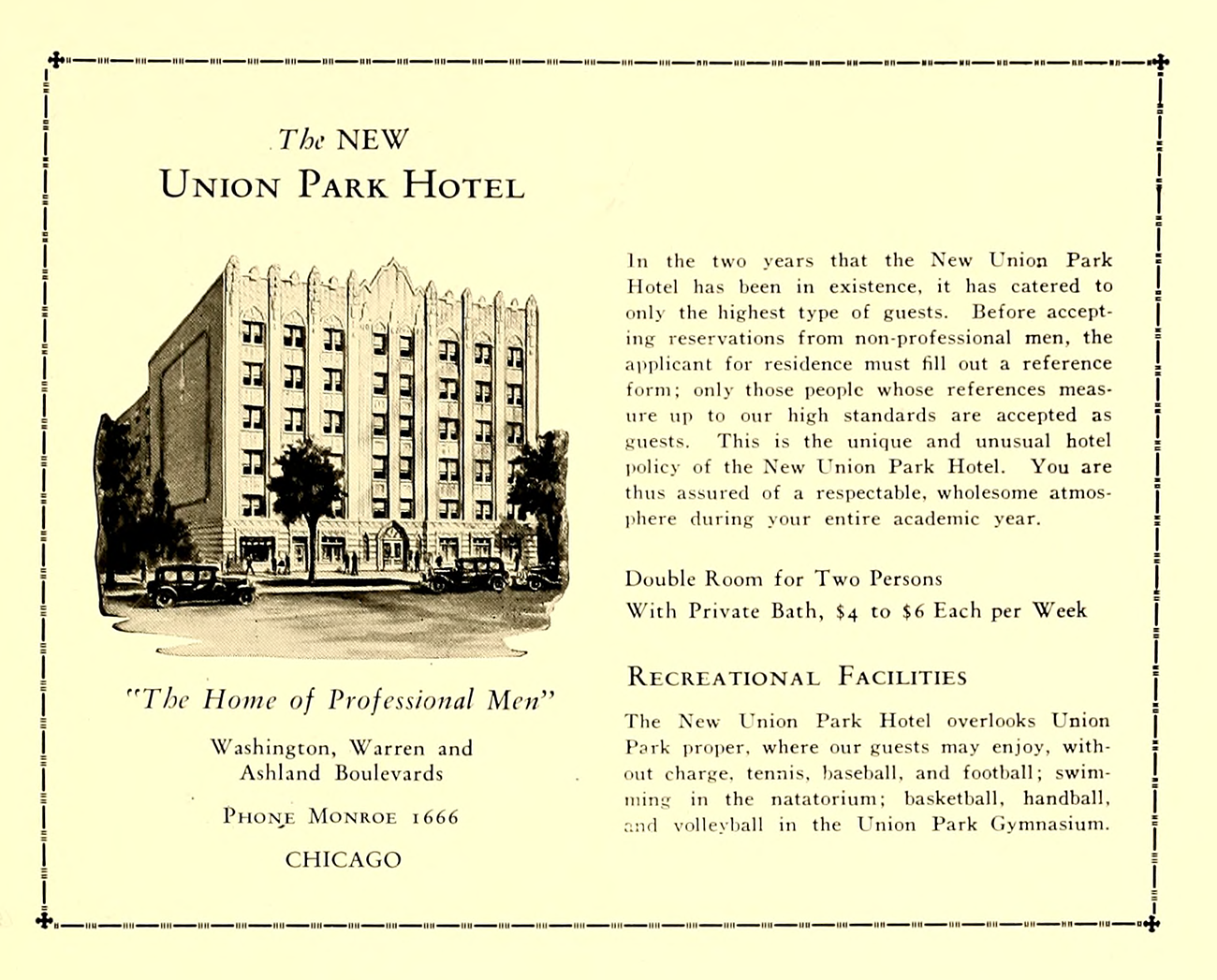
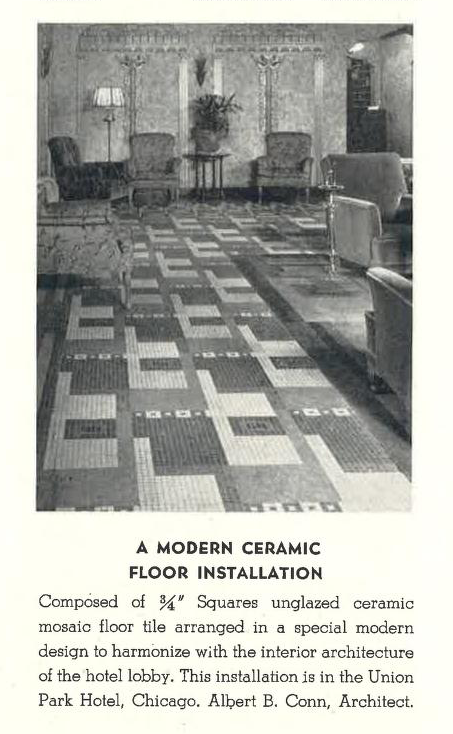
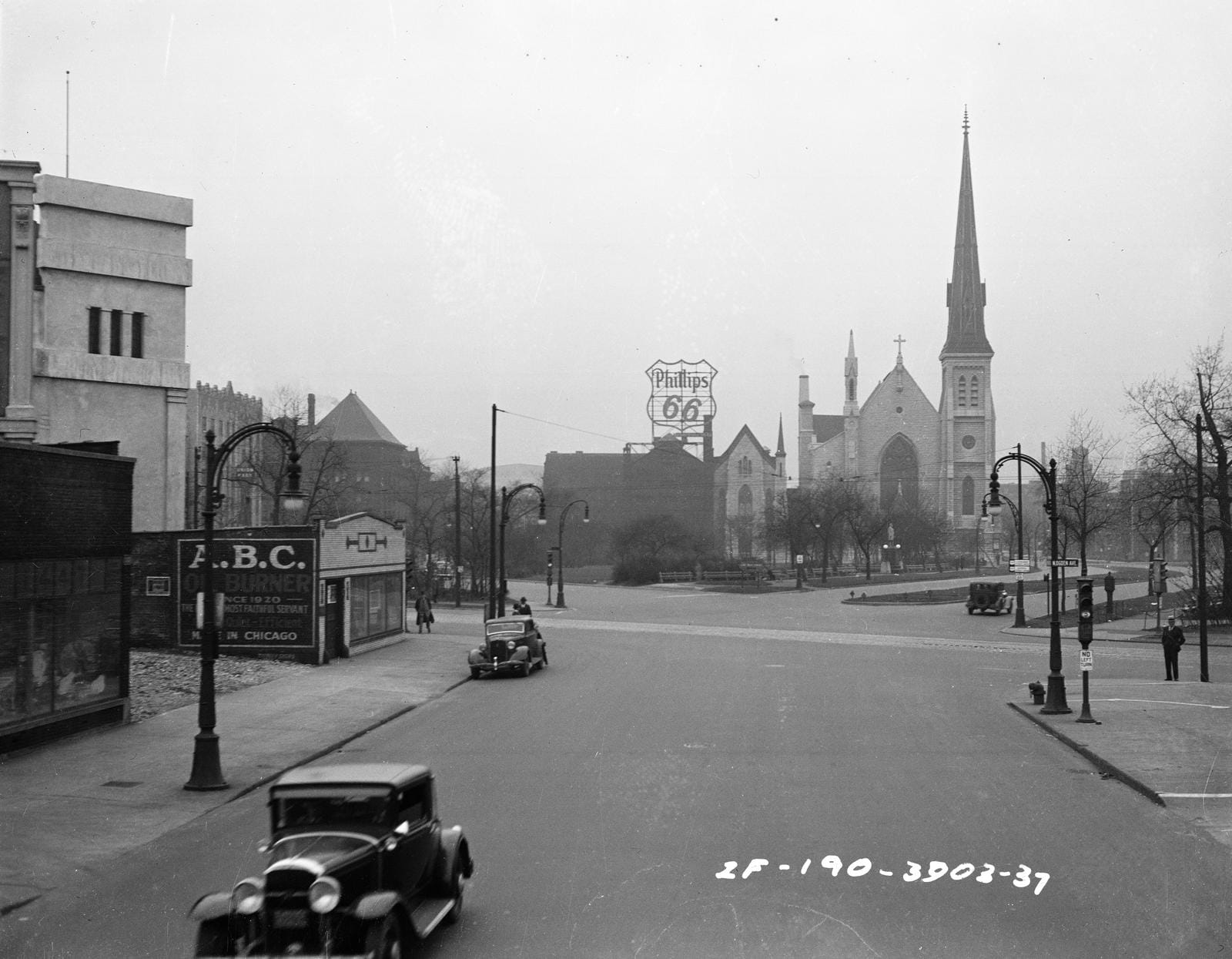
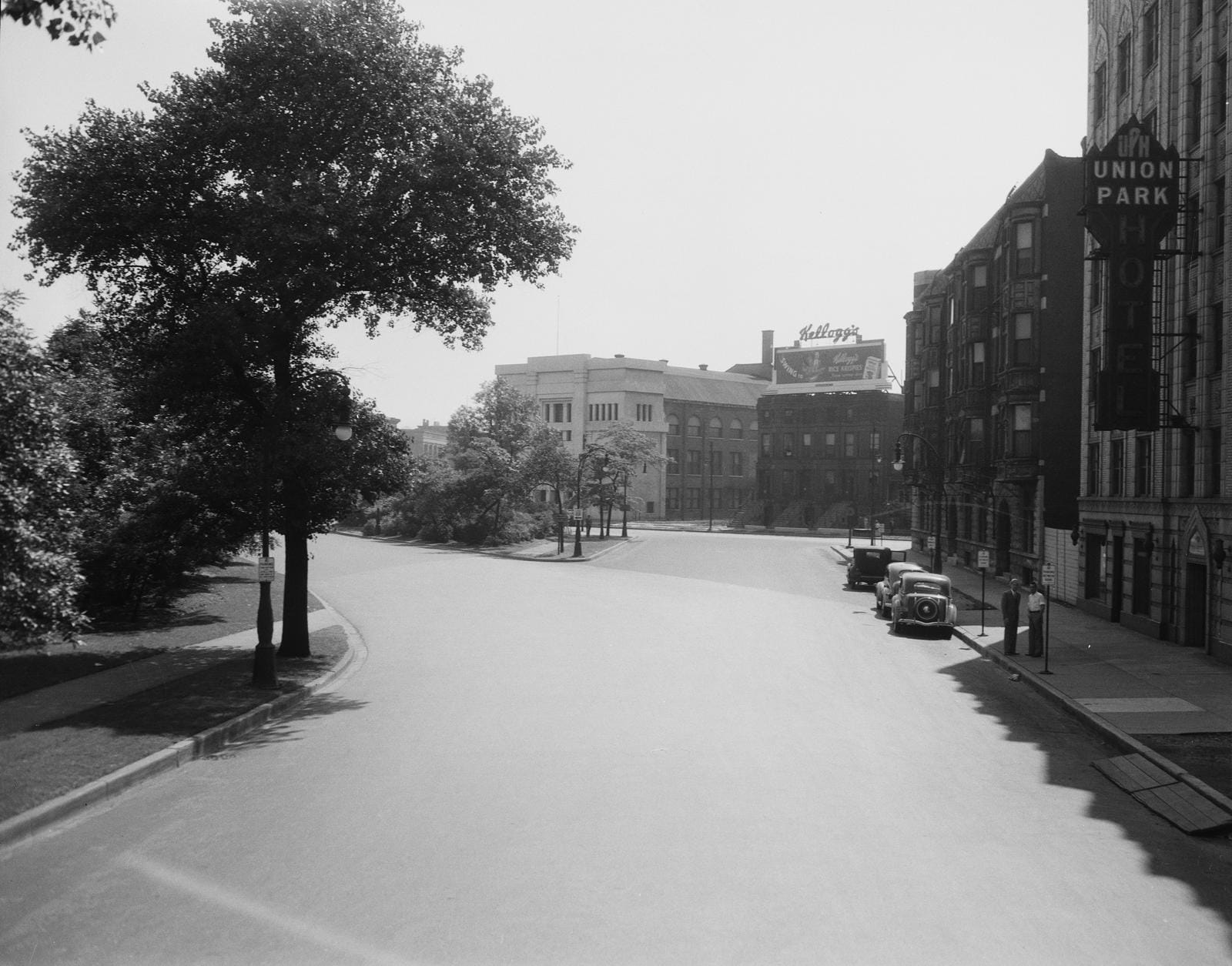
1928 Chicago Tribune article on plans to build the hotel | 1929 rendering and article about the construction in the Chicago Tribune | 1932 ad, Dentos, Loyola University Chicago College of Dental Surgery, the Internet Archive | 1937, interior, in the Mosiac Tile Catalog, the Internet Archive | 1937 photo, IDOT Chicago Traffic Photographs, University of Illinois at Chicago via Chicago Collections | 1937 photo with the Union Park Hotel sign, IDOT Chicago Traffic Photographs, University of Illinois at Chicago via Chicago Collections
Residential hotels were a key component of the American housing market for decades, providing fast, cheap, and spatially-efficient (rooms here had Murphy beds to save space) living options for people of diverse social classes for the short or long term. When it opened in 1930, the Union Park Hotel catered to a more modest clientele than fancier lakefront apartment hotels, but it had its selling points as well–located in the one-time “Gold Coast of the Near West Side”, it was close to the L and with a prime spot overlooking Union Park. Plus, few others had such eye-catching facades–colorful terracotta, warm brick, highly symmetrical, and dramatically geometric with neo-Mayan flair.
The architect behind that vibrant style, B. Albert Comm, specialized in the creative and colorful application of architectural terracotta. He designed a clutch of Art Deco and Moderne buildings across Chicago in the 1920s and 1930s, both residential and commercial, from Rogers Park to Roseland.
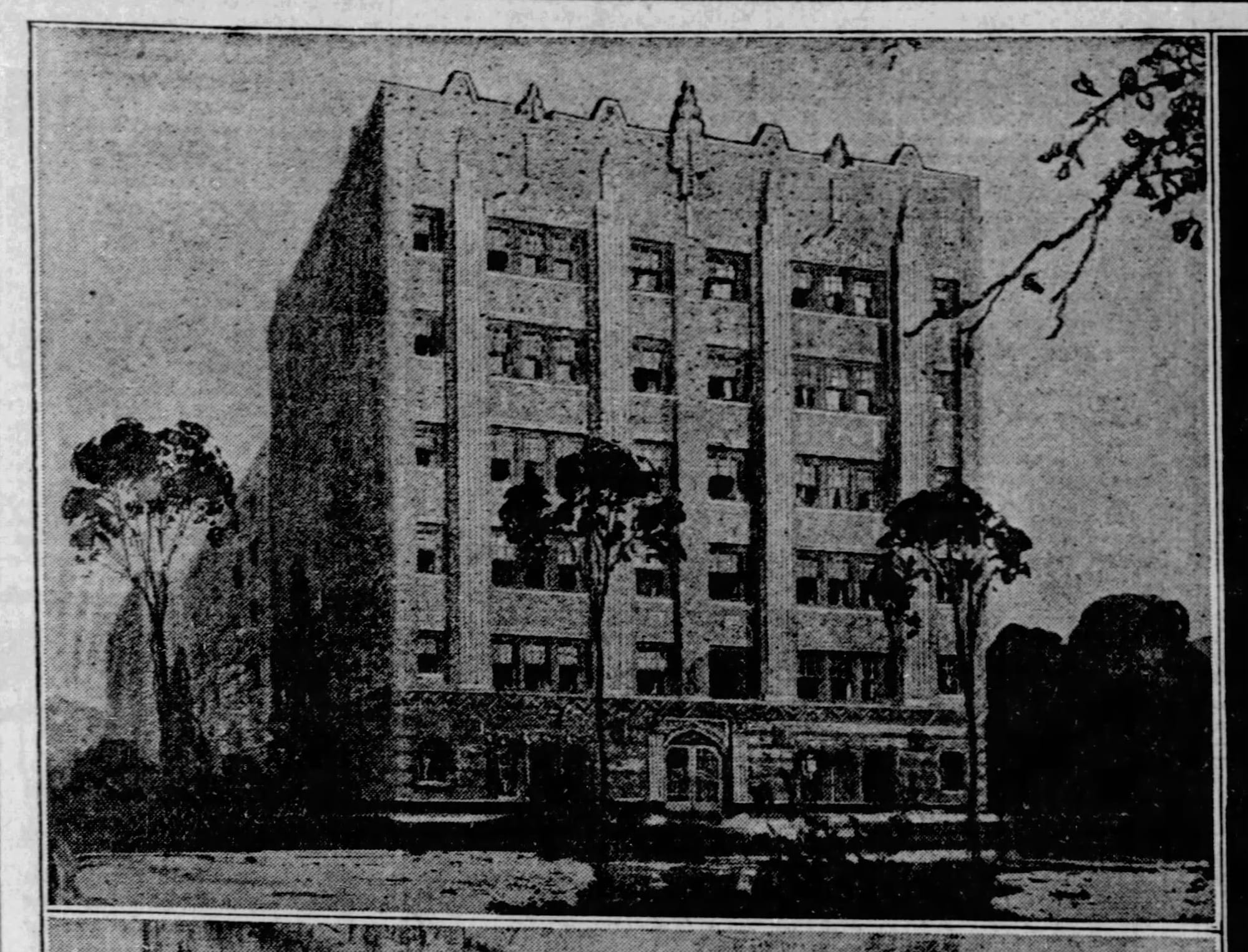
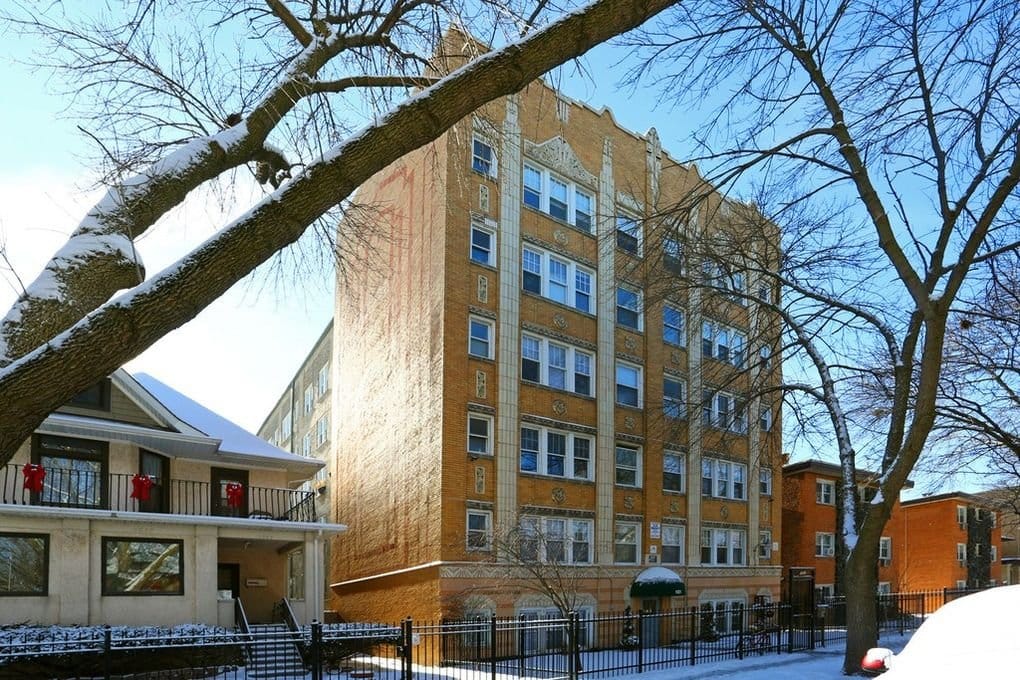
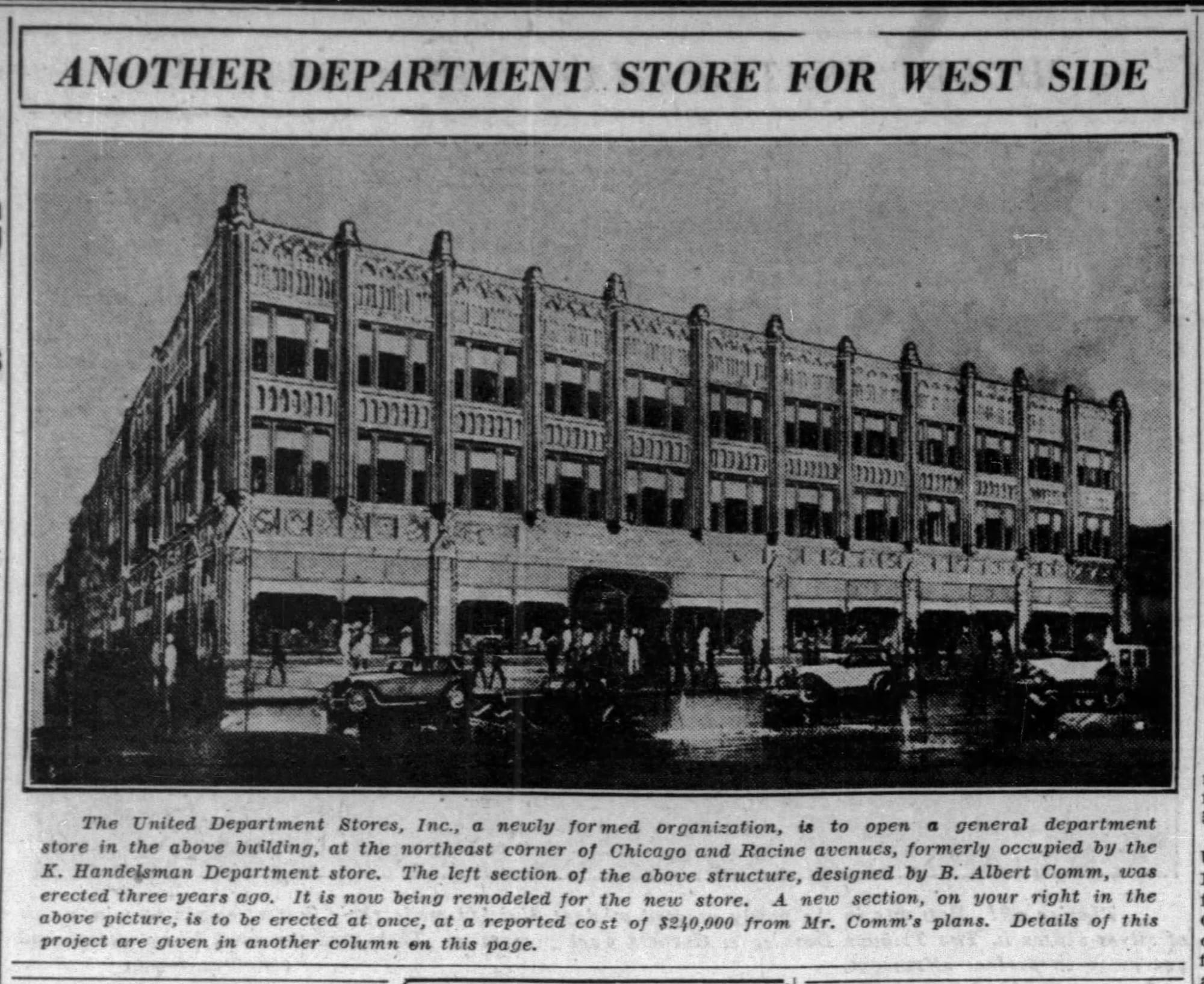
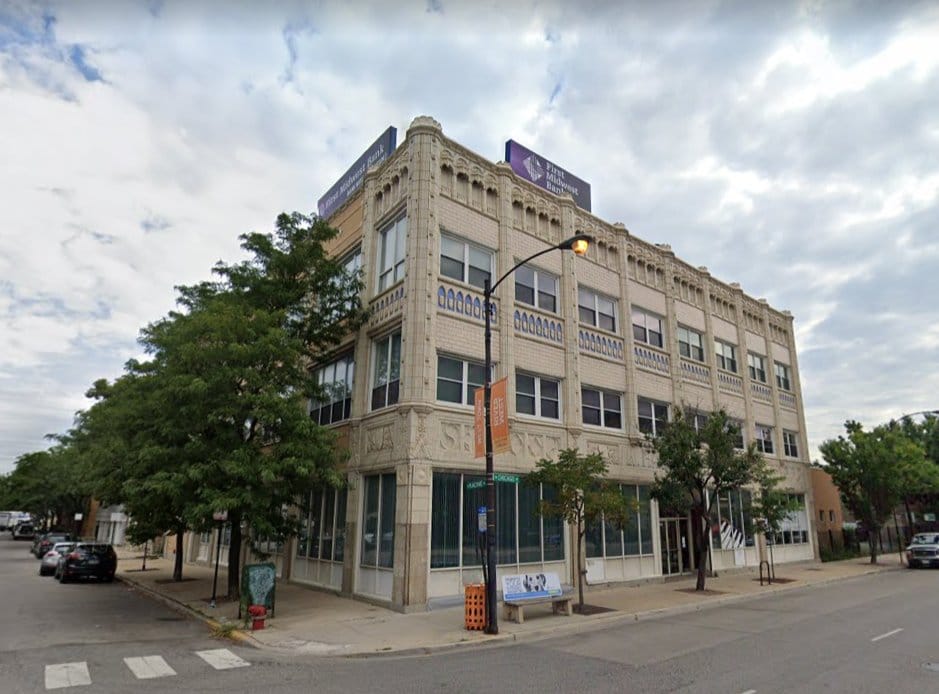
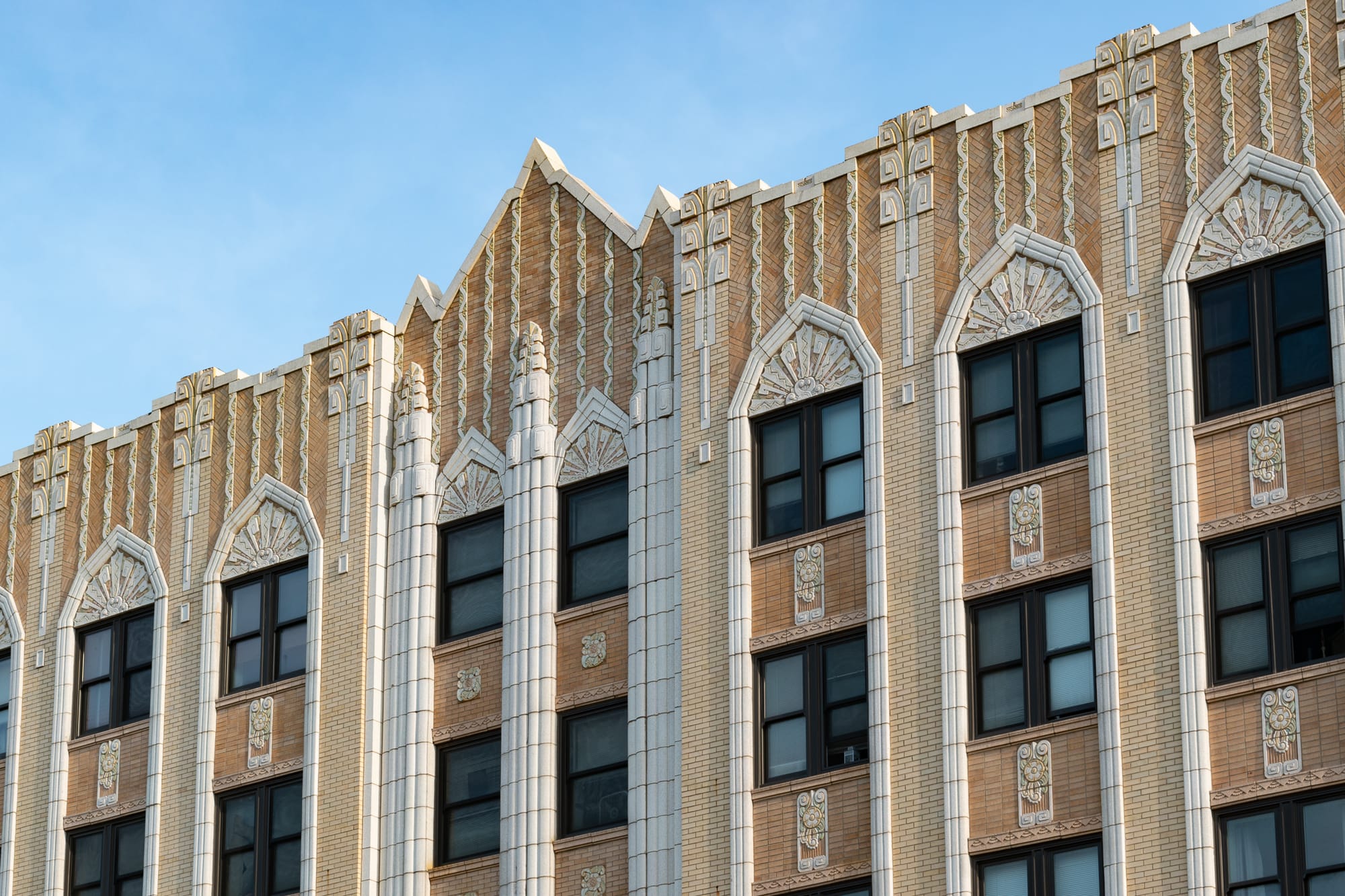
Comm-designed apartments at 1519 W. Sherwin, 1929 | Comm-designed commercial building on Chicago Ave. and Elizabeth | Nikolas Hotel cornice detail
Renamed the Nikolas Hotel in the early 1940s, it started to slide downmarket in the postwar period, as stigmatization of residential hotels took hold. By the time it was renamed the Viceroy in 1960, white flight and urban renewal were crushing the Near West Side, and for the next 40 years the SRO popped up occasionally in newspaper stories involving vice raids, murder, fires, and voter fraud. In 1983 lawmakers even briefly floated turning it into a prison.
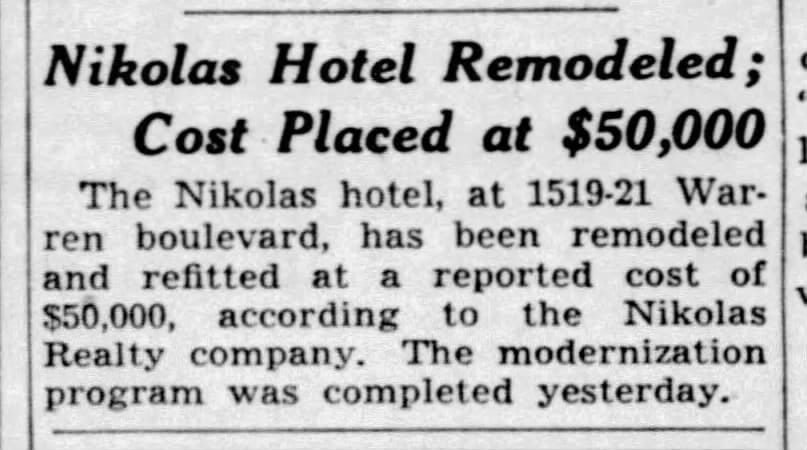
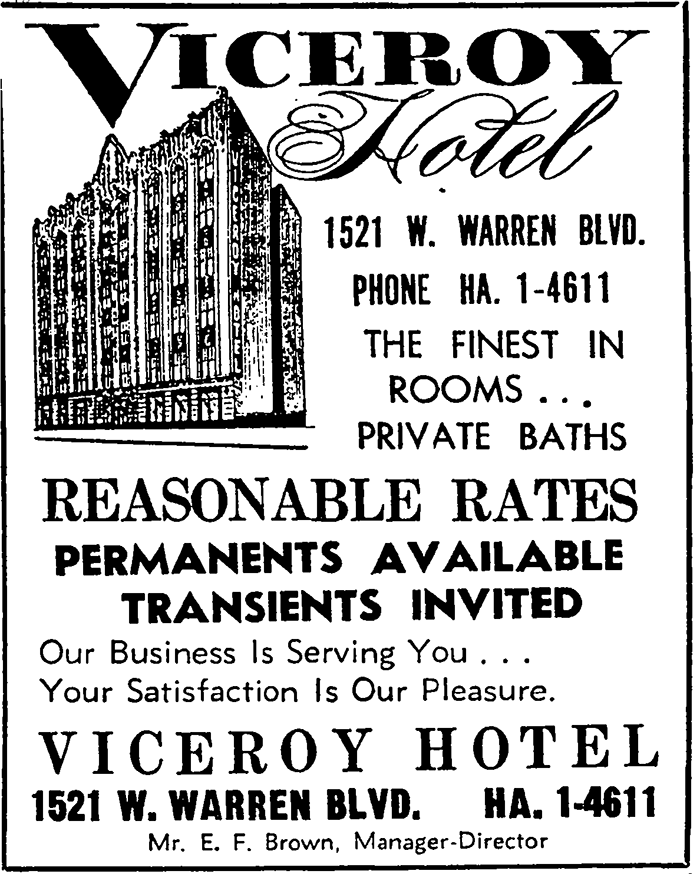
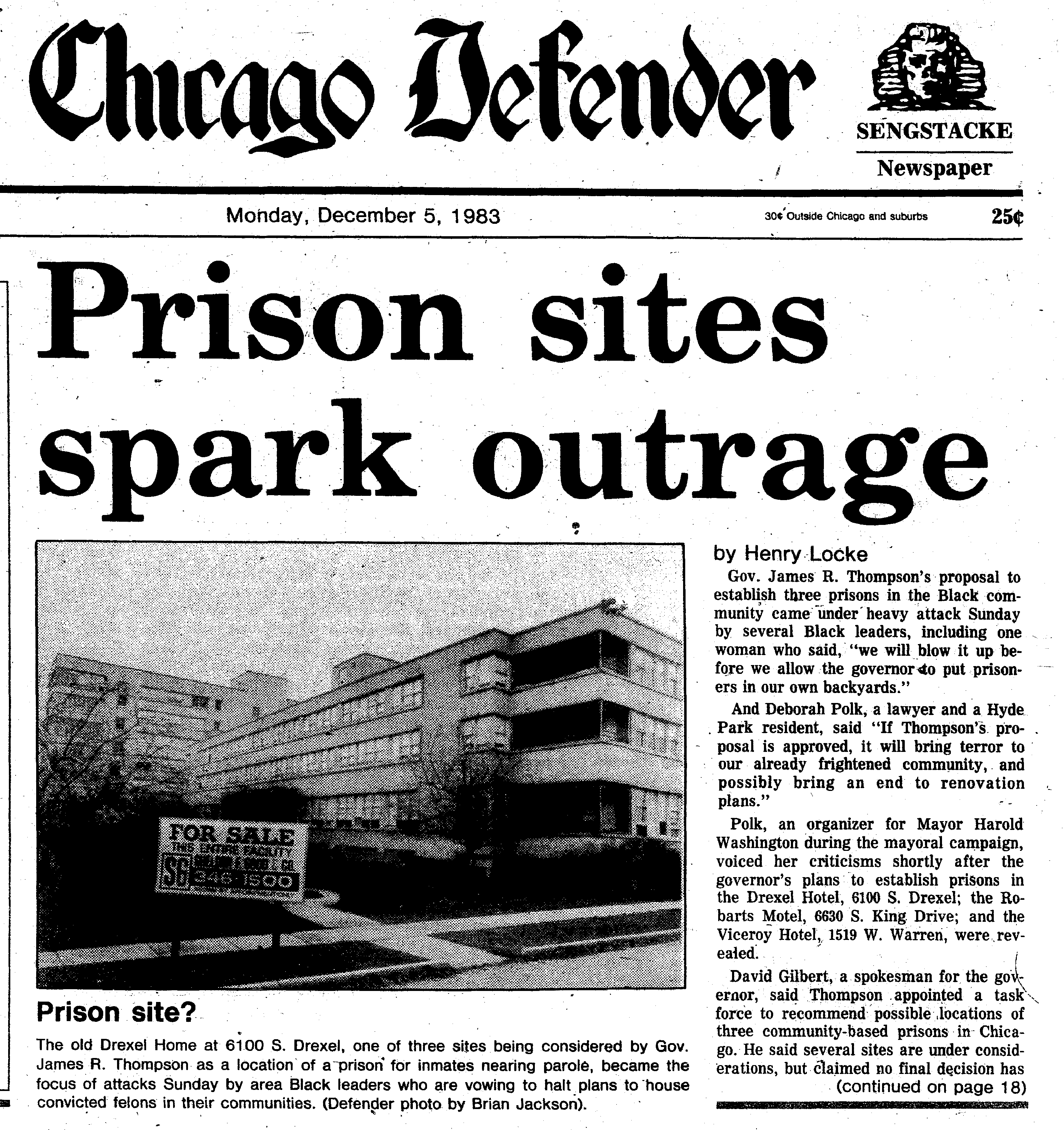
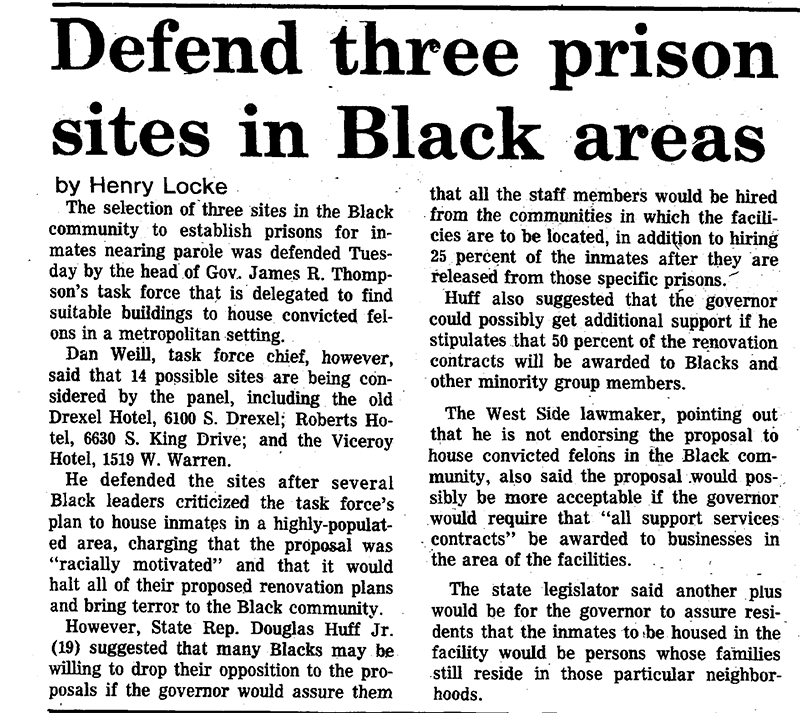
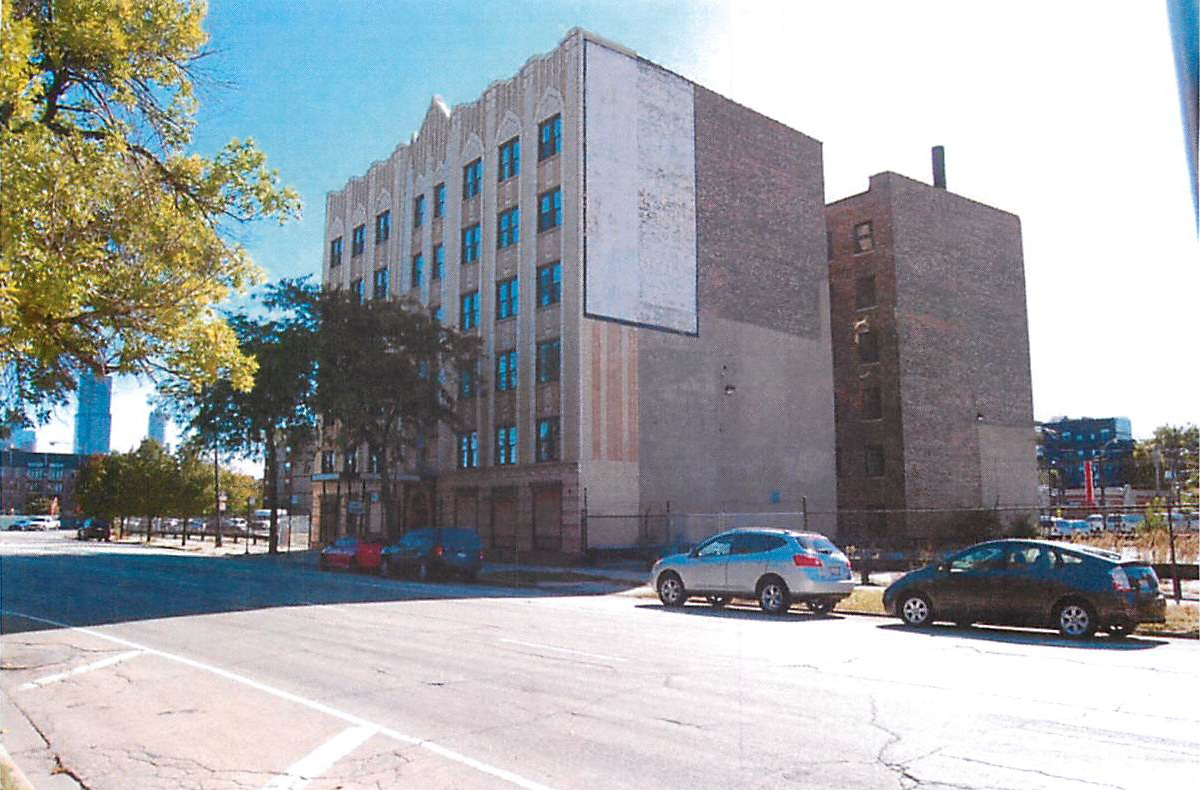
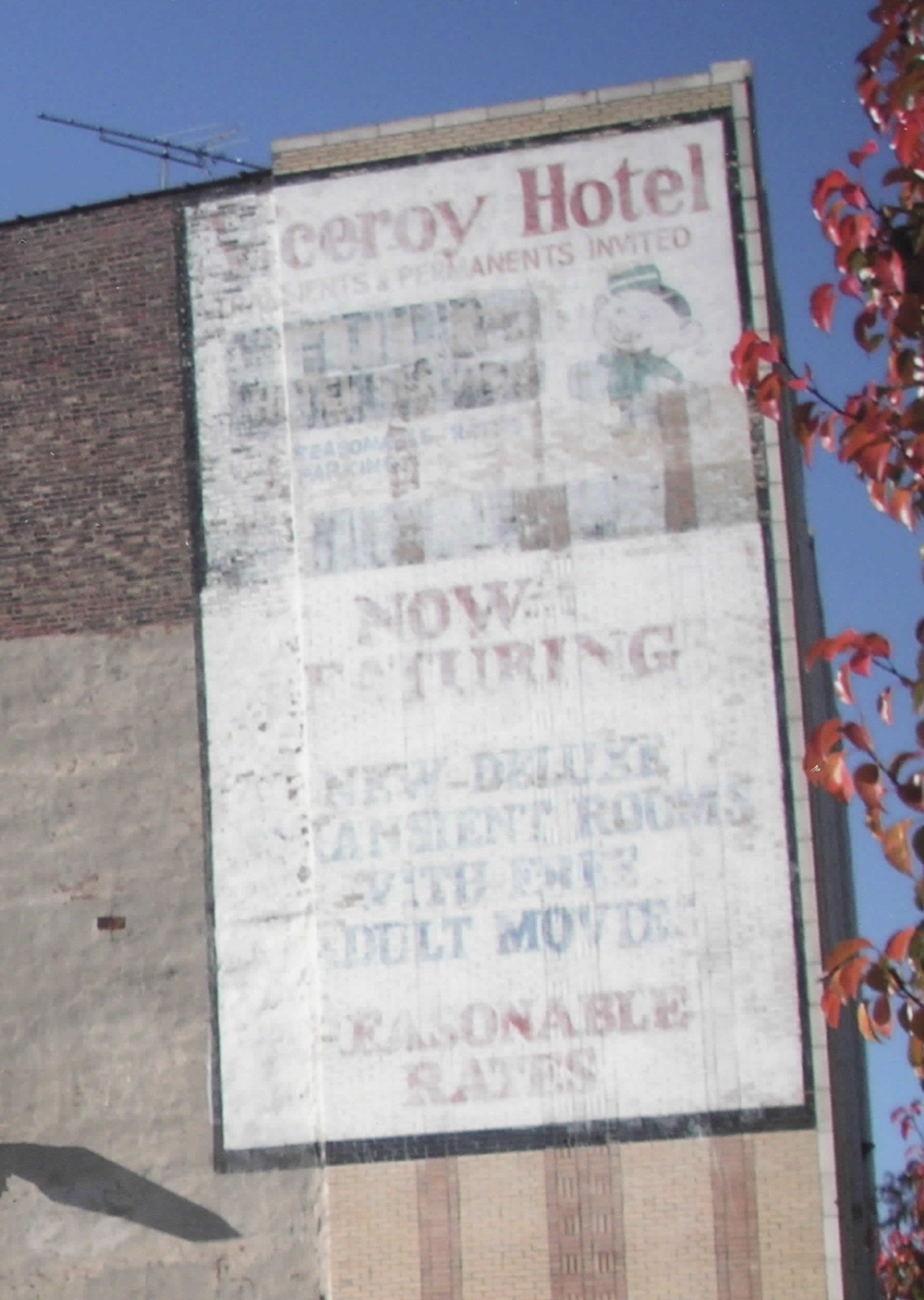
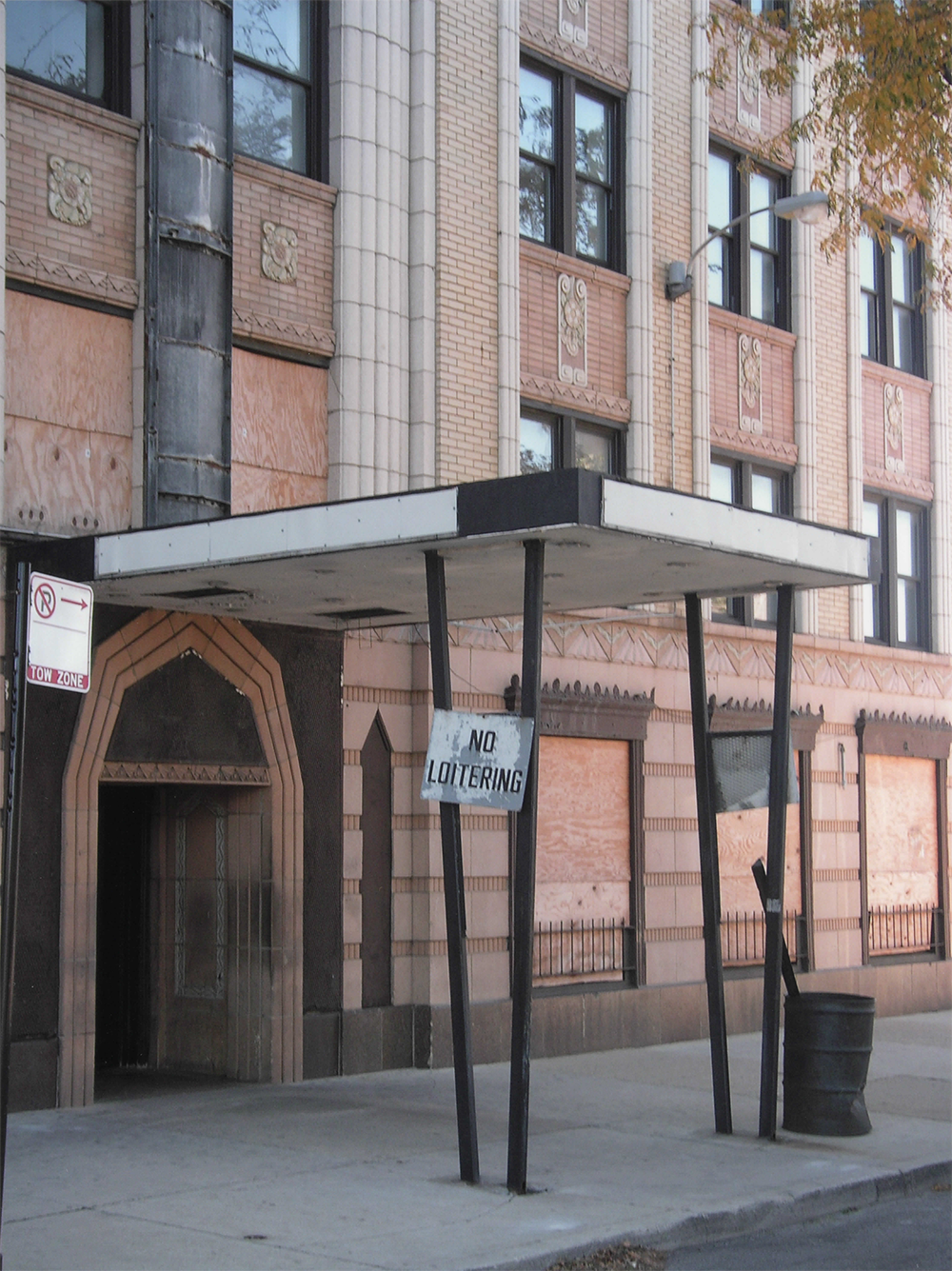
Nikolas remodel article in the Chicago Tribune, 1941 | Viceroy Hotel ad in the Chicago Defender, 1960 | 1983 articles in the Chicago Defender about plans to turn the Viceroy into a prison | early 2000s photo, Illinis State Historic Preservation Office | 2009 photo, Matthew Crawford, NRHP Registration Form | 2009 photo of the front entrance, Matthew Crawford, NRHP Registration Form
Deteriorating through neglect and neighborhood disinvestment, by the end it sounds like the Viceroy was a pretty tough place to live, but it still continued to provide flexible, affordable lodging for those who desperately needed it.
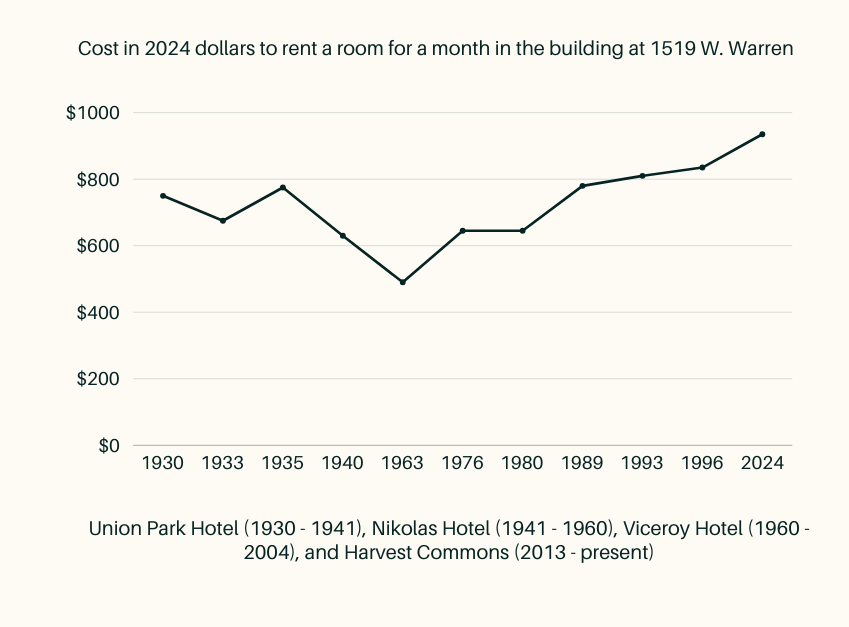
Vacated in the 2000s, Heartland Alliance and the nearby First Baptist Congregational Church bought the building from the city for $1, aiming to restore it architecturally and convert it into high-quality affordable housing for at-risk adults in need of supportive services as well. It's an illuminating example of the complex financing landscape for affordable projects. To be financially viable, this project needed the historic preservation tax credits tied to listing on the National Register of Historic Place (added in 2010) and City of Chicago landmark designation (secured in 2009), as well as the Low-Income Housing Tax Credit, TIF funding from the city, Renewable Energy Tax Credits, and an Illinois Department of Commerce and Economic Opportunity Energy Efficiency Grant.
No wonder "affordable" developments can be so expensive to build–the cost and complexity of capital is ridiculous. We have to make it easier to finance these things.
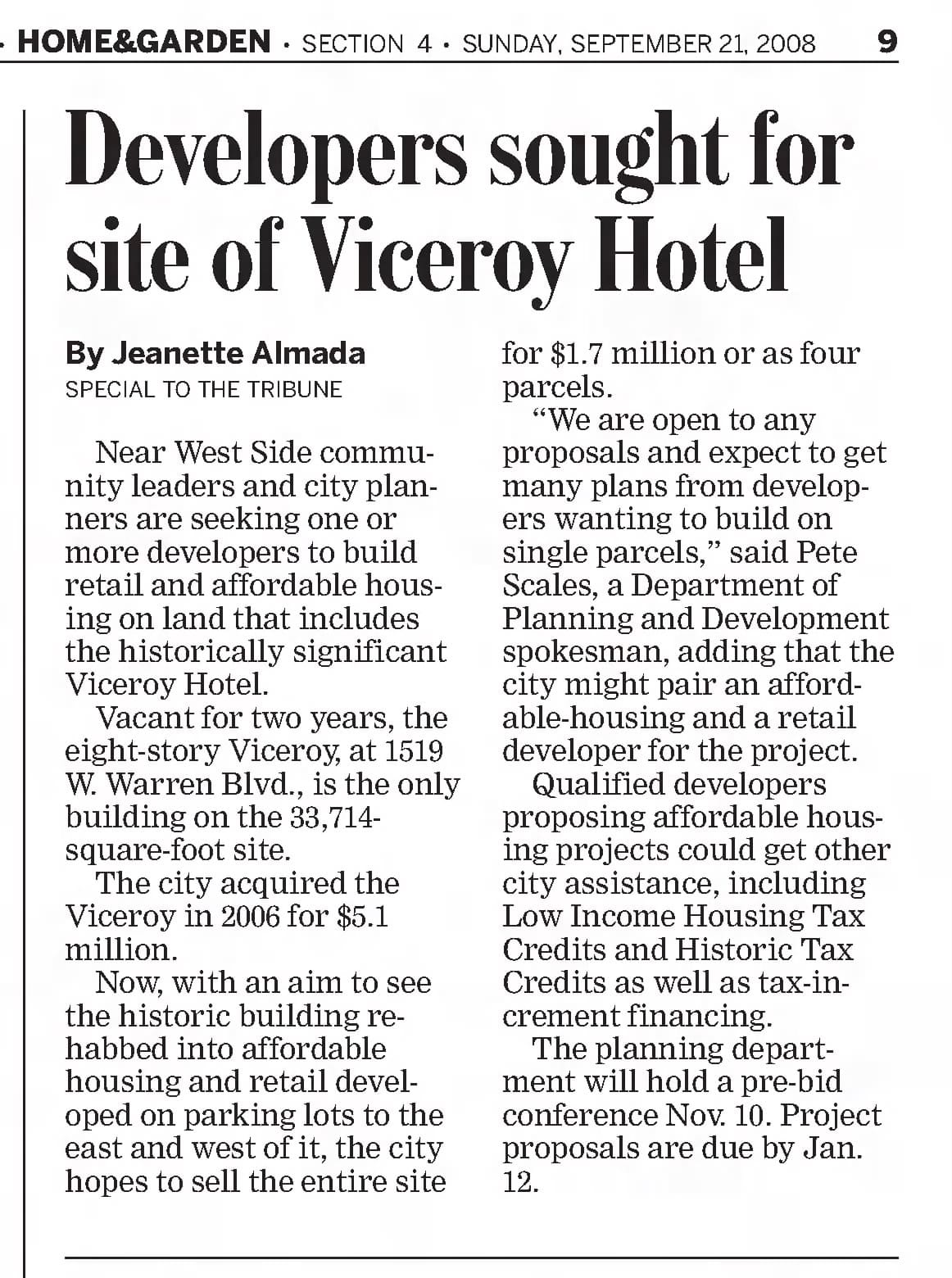
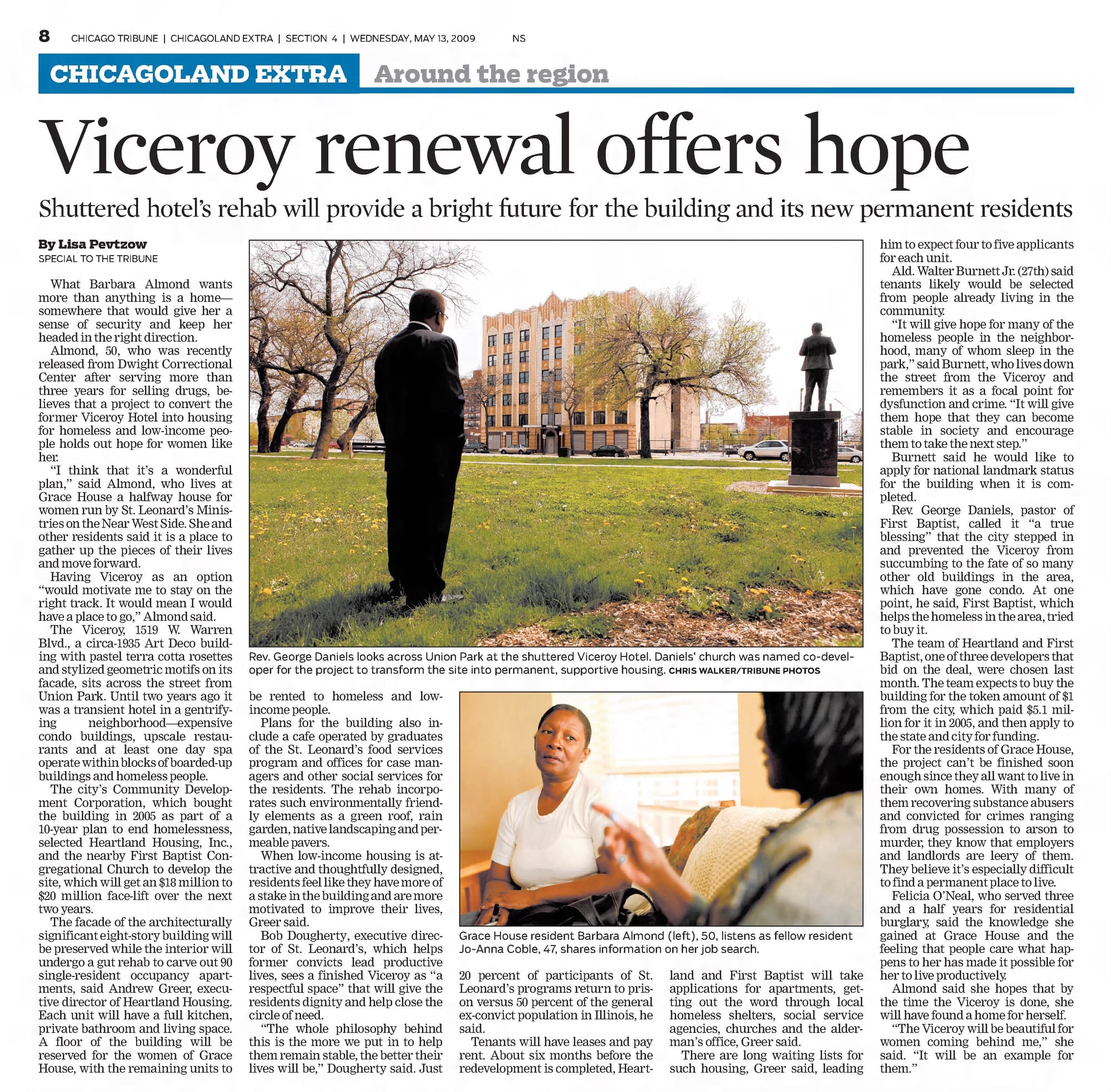
2008 and 2009 articles on the redevelopment of the building
After an LBBA Architects-designed rehab, it reopened in 2013 as Harvest Commons, an 89 room SRO for single adults offering affordable and supportive housing with a vegetable garden, a teaching kitchen, and access to social services.
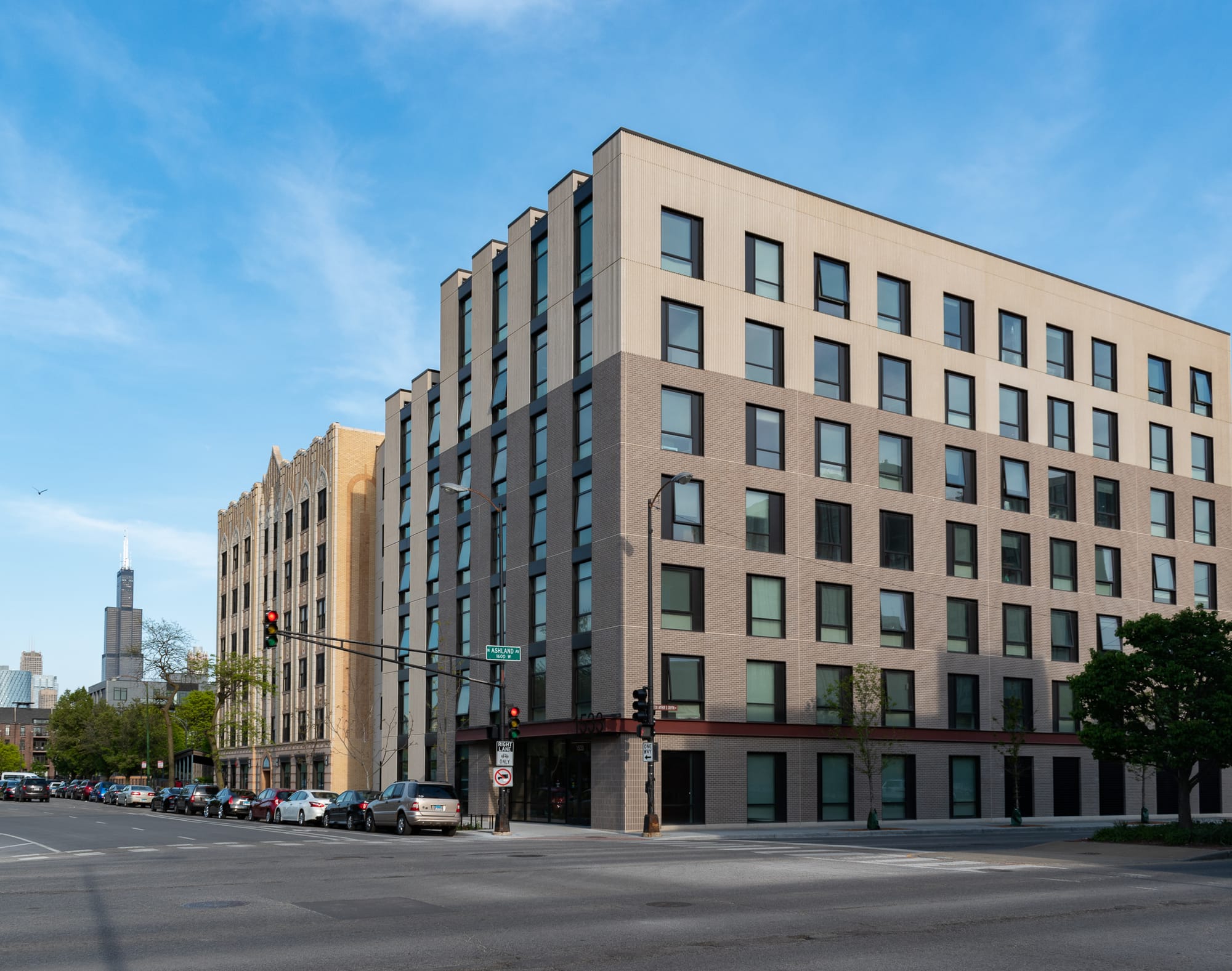
After more than 130 years operating in Chicago, Heartland Alliance started to fall apart during the pandemic, and in 2024 the organization announced it was shutting down. Heartland Housing controlled at least 14 affordable properties around the city. There's an ominous antecedent here–in the 2000s, when Heartland couldn't raise sufficient financing to retire the debt on their first affordable housing development, the Hotel Sutherland, it was sold and converted into market-rate units. It appears that Harvest Commons, at least, is safe–the property was transferred to national housing non-profit Enterprise Community Partners, Heartland’s limited partner in the project, and they intend to maintain it as affordable supportive housing.
Production Files
Further reading:
- NRHP registration form
- City of Chicago Landmark Designation Report
- Some great construction photos in this PDF
- B. Albert Comm in American Builder: Big-Value Homes in 1938 with a home in Roseland
- "Financial crisis at Heartland Alliance leads to furloughs, program cuts and an attempt to sell hundreds of affordable housing units"
- Living Downtown: The History of Residential Hotels in the United States by Paul Groth

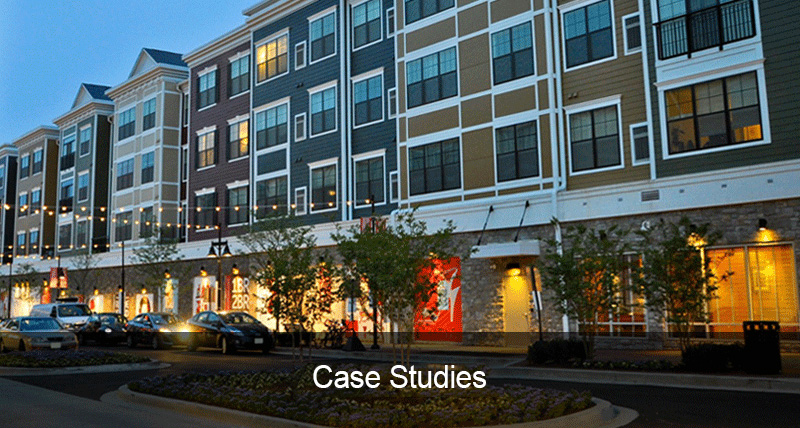

B. Albert Comm designed these Streamline two-flats on the South Side that I'm absolutely obsessed with–and they're still there at 11207 and 11211 S Emerald.
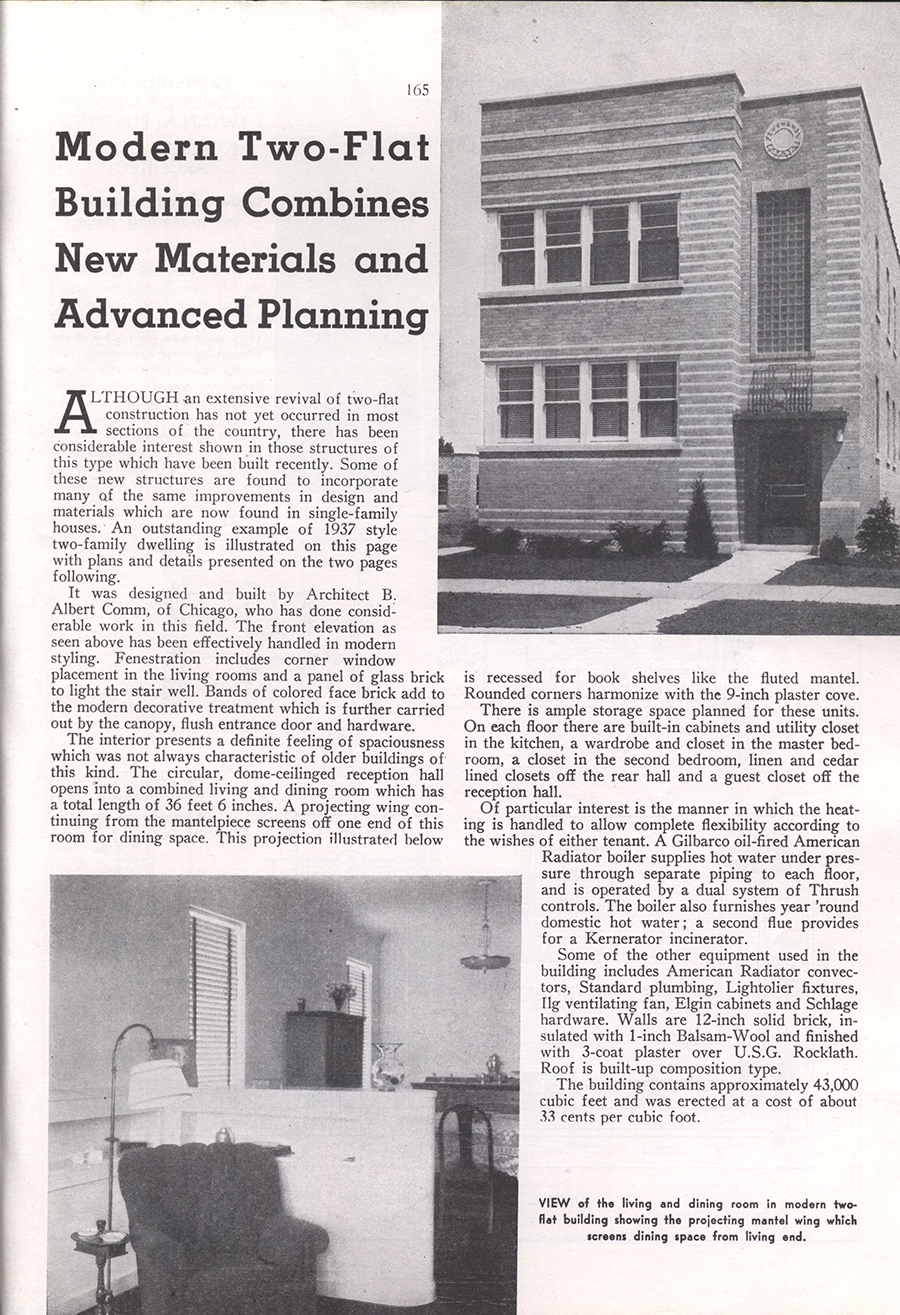
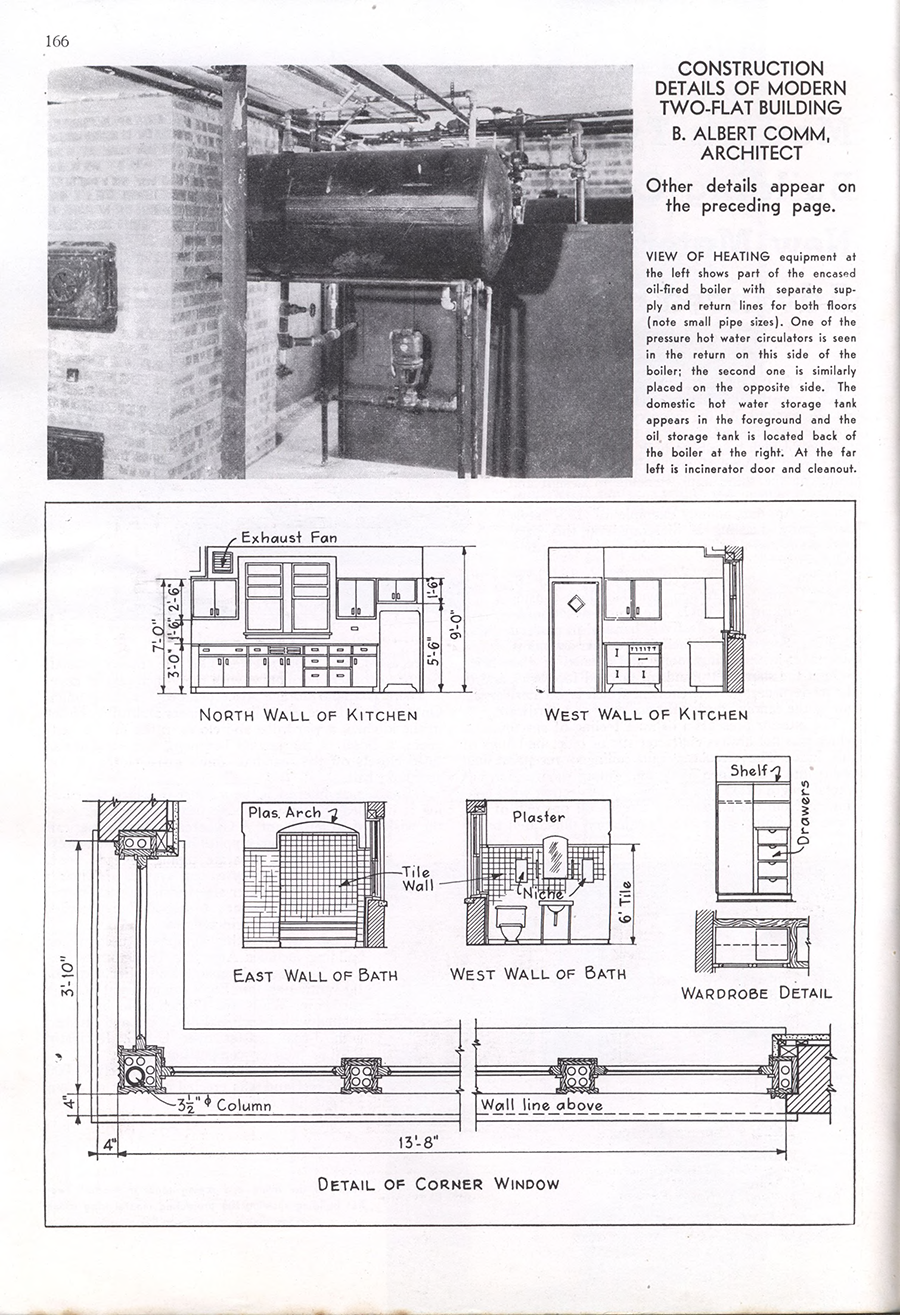
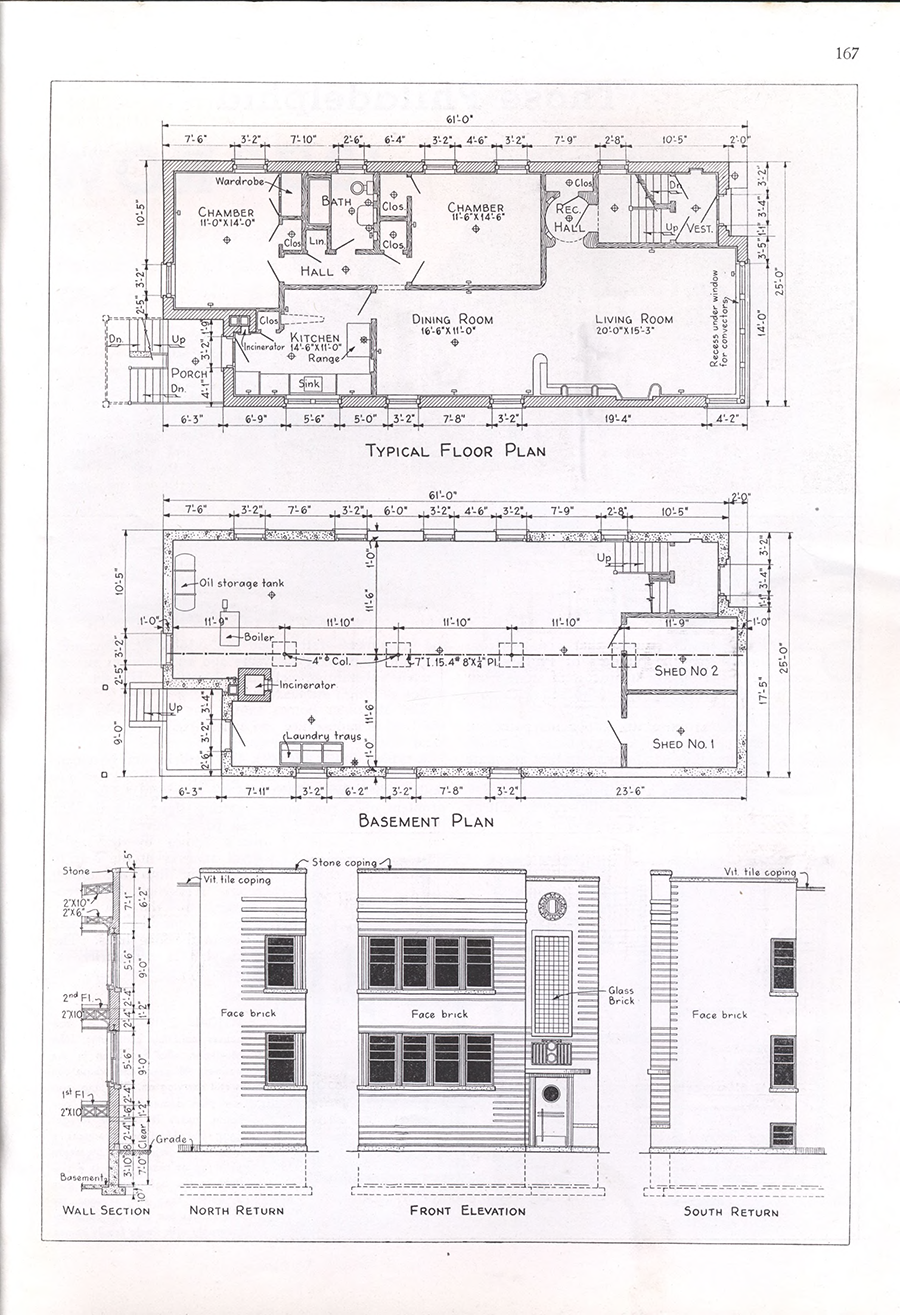
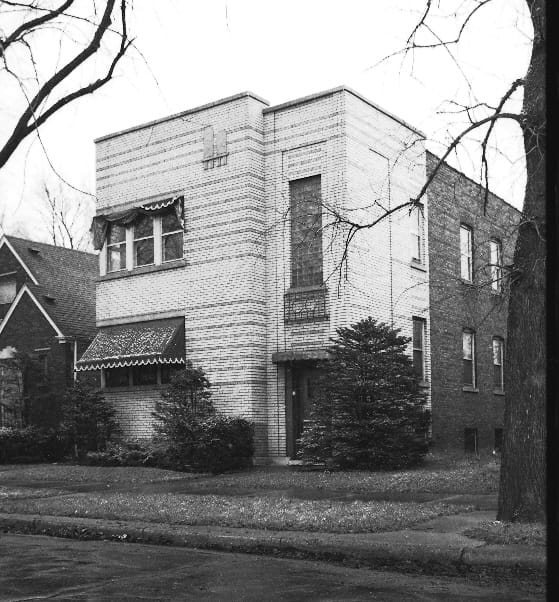
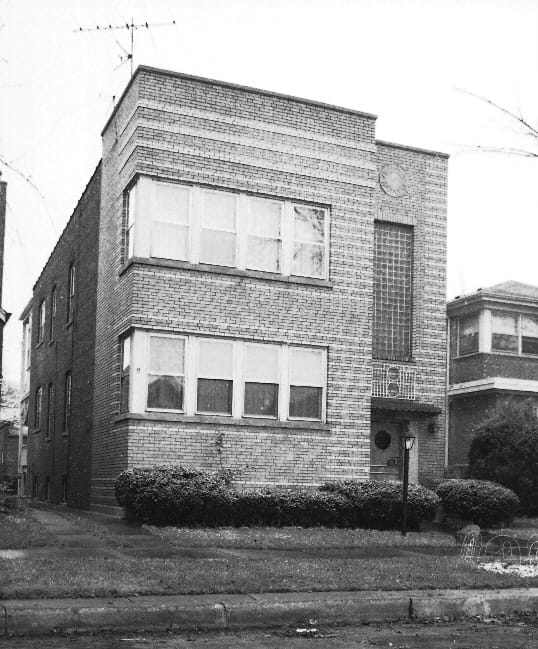
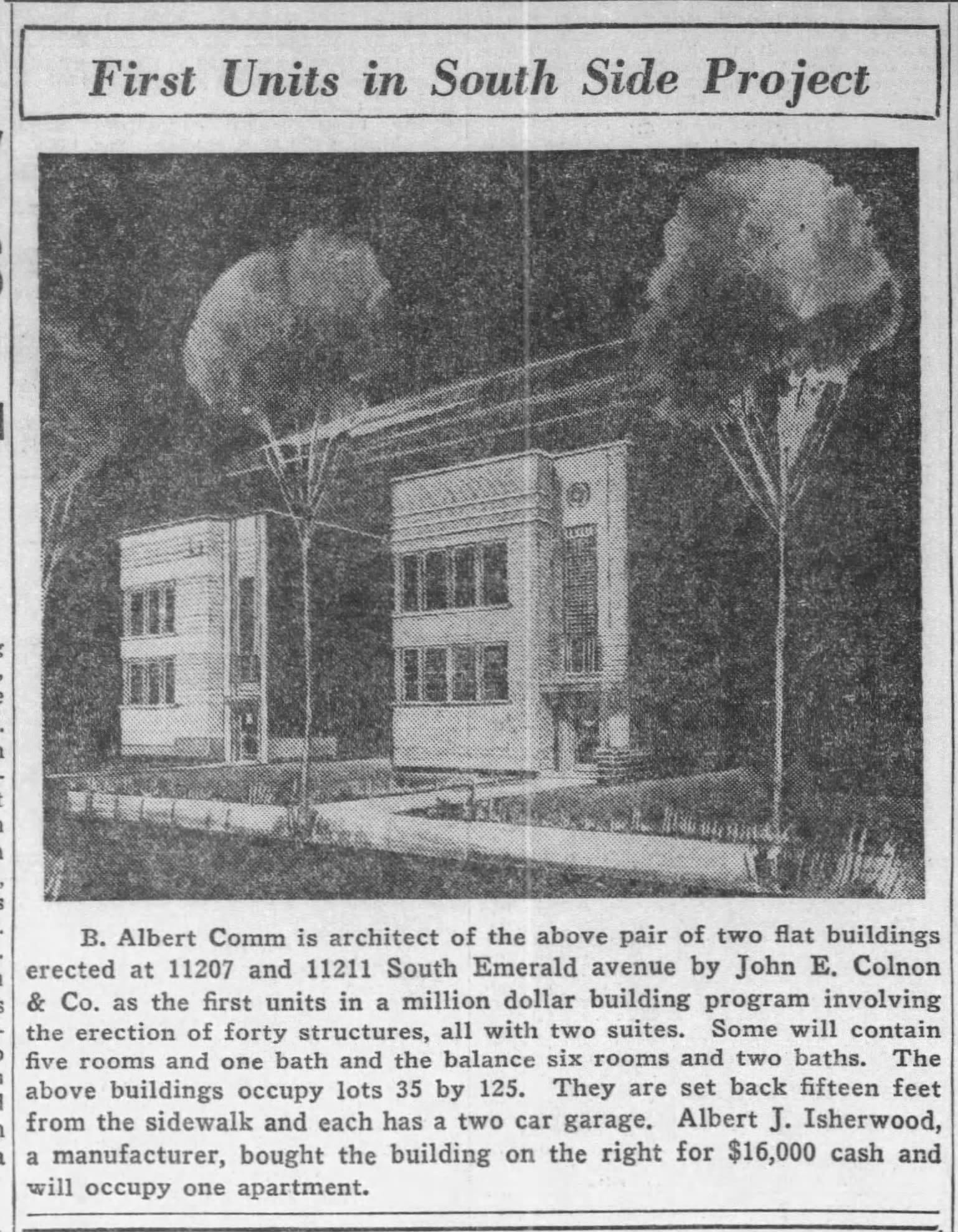
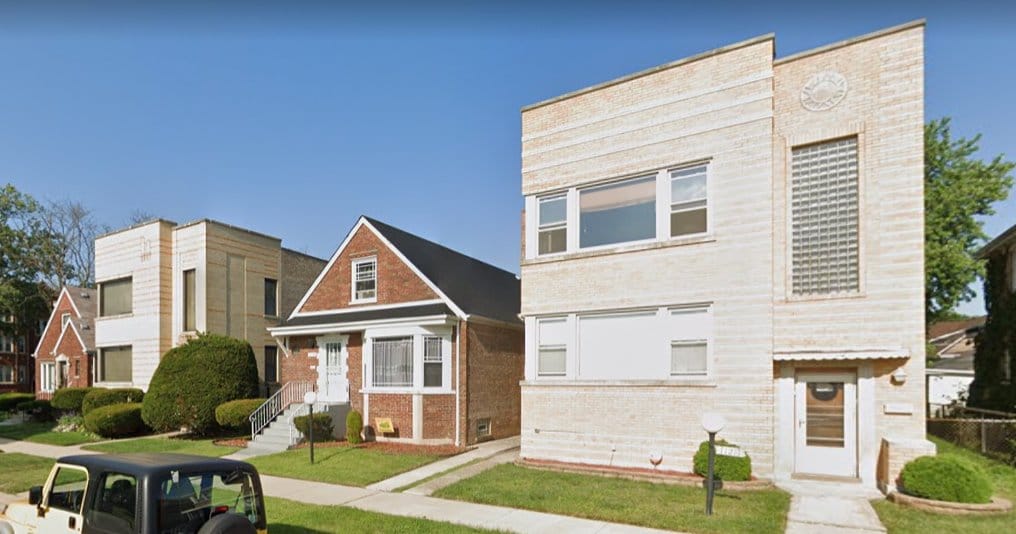
Pages from American Builder: Big-Value Houses article about Comm's two-flats, the Internet Archive | 1970s photos of the two buildings, Illinois State Historic Preservation Office | article on the buildings in the Chicago Tribune, 1937 | Google Streetview
Some more photos from the National Register of Historic Places registration form and the Illinois State Historic Preservation Office.
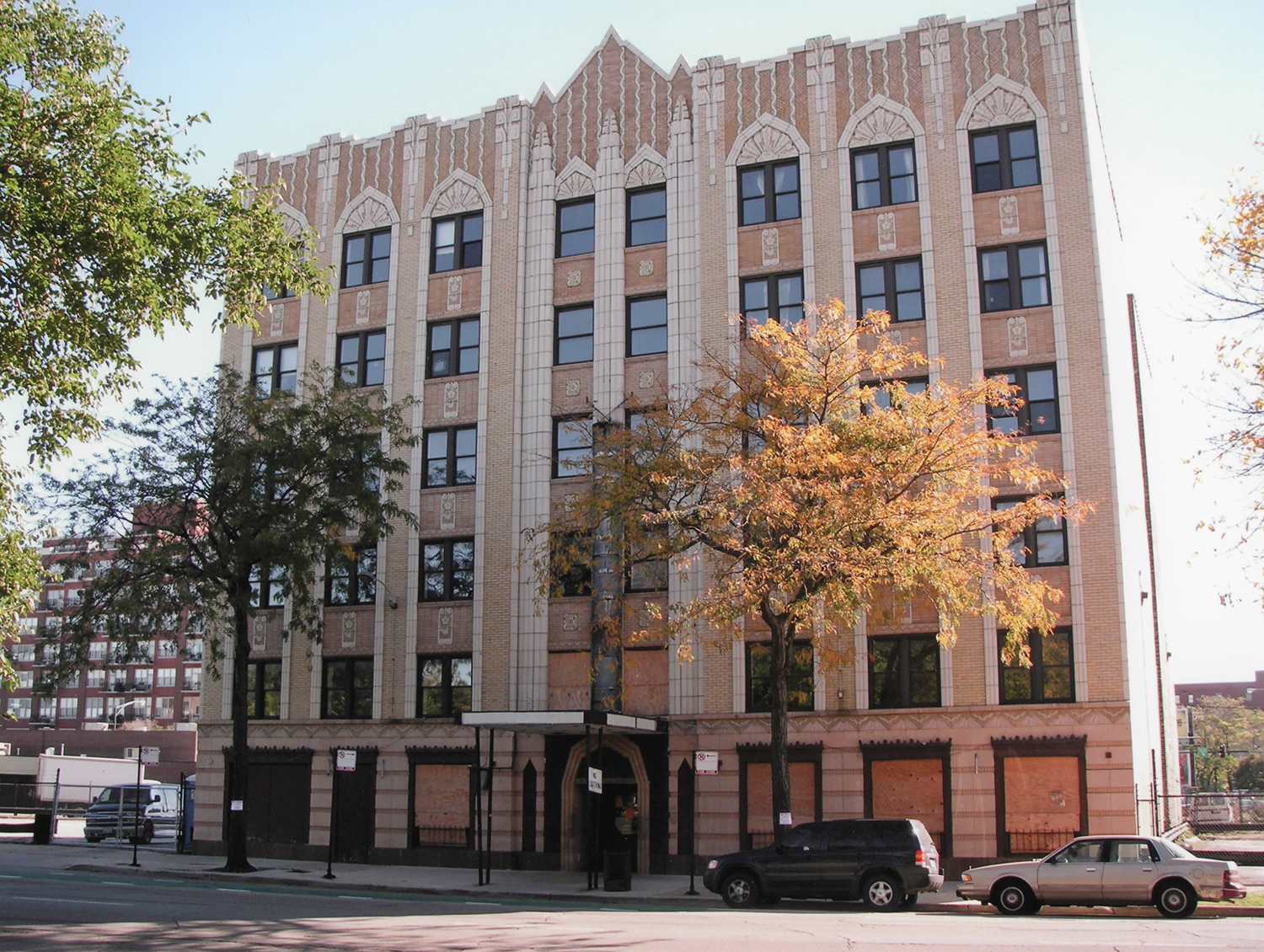
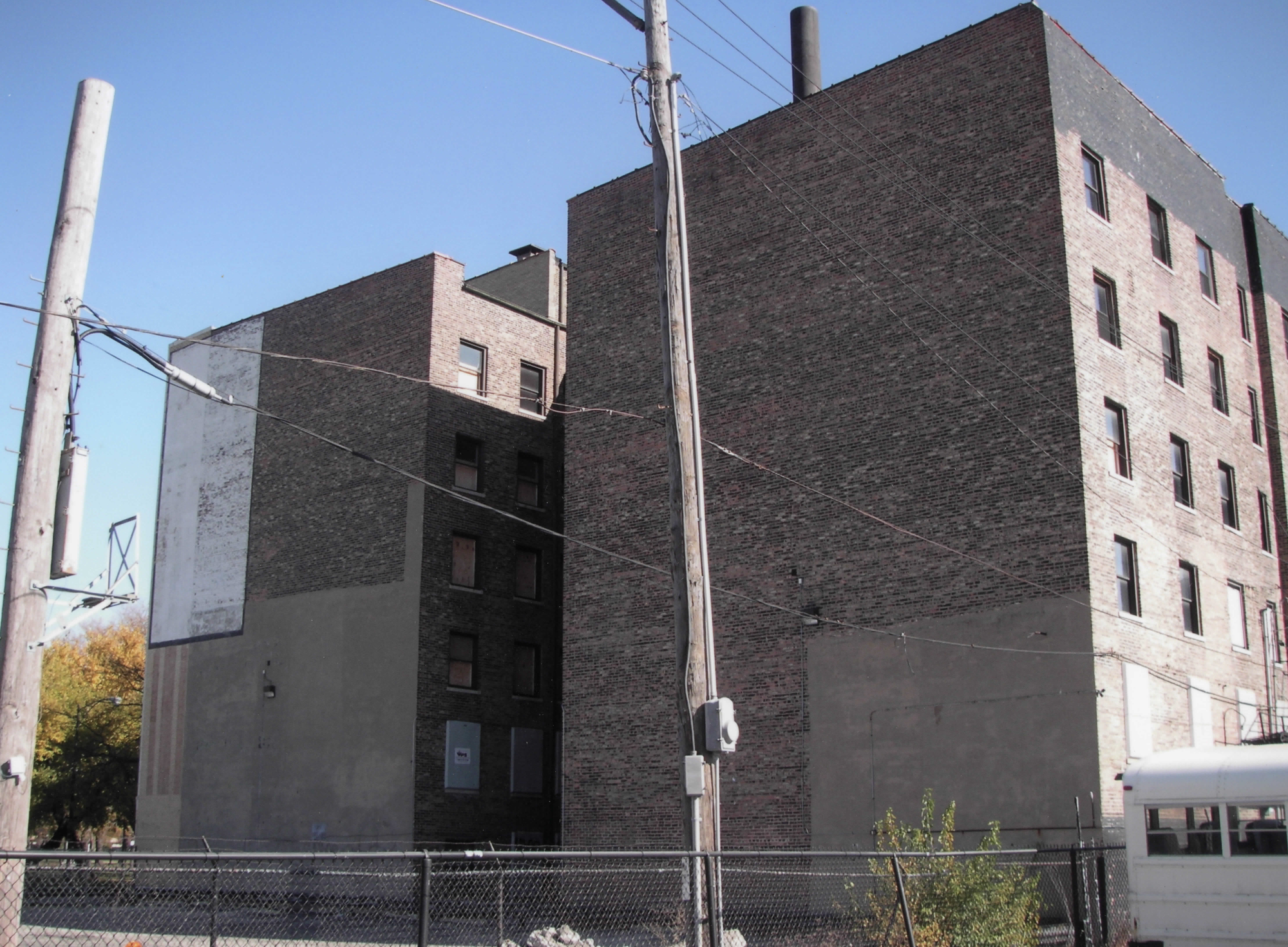
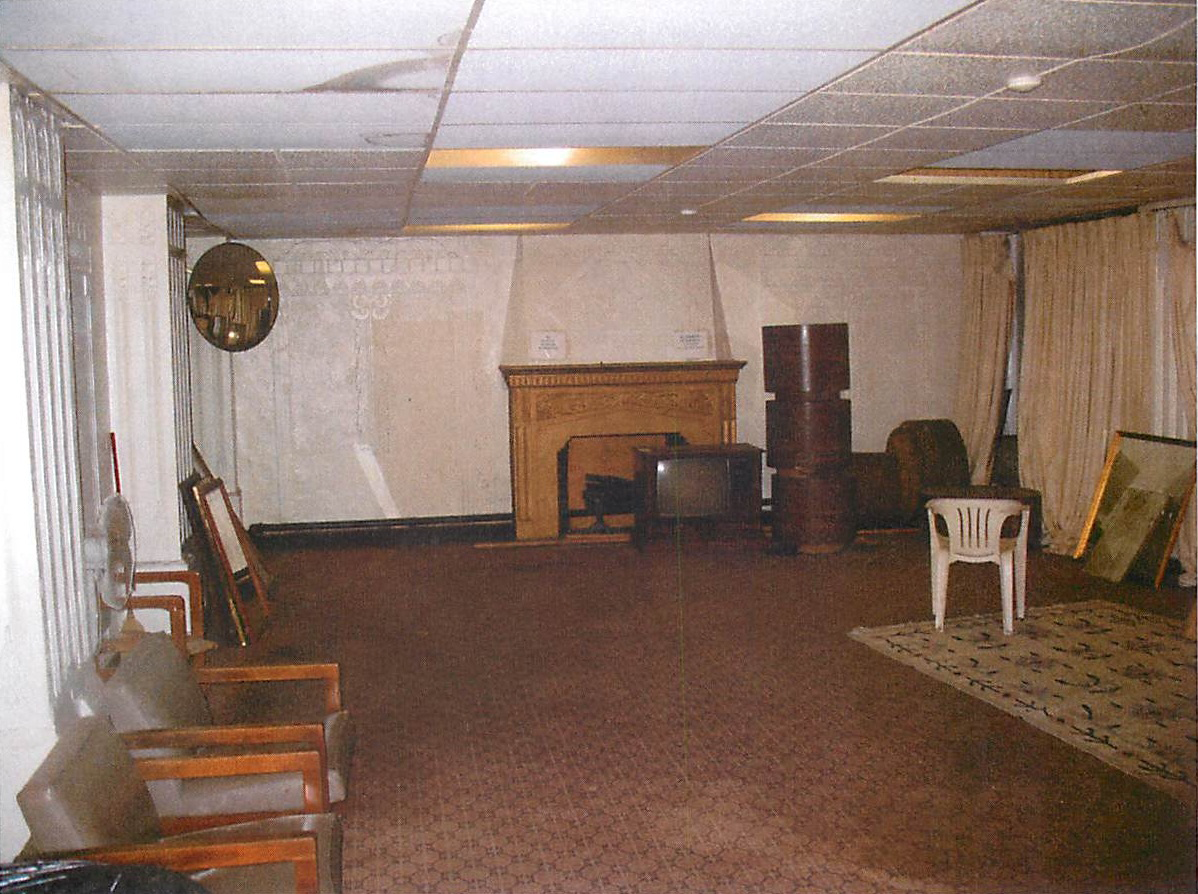
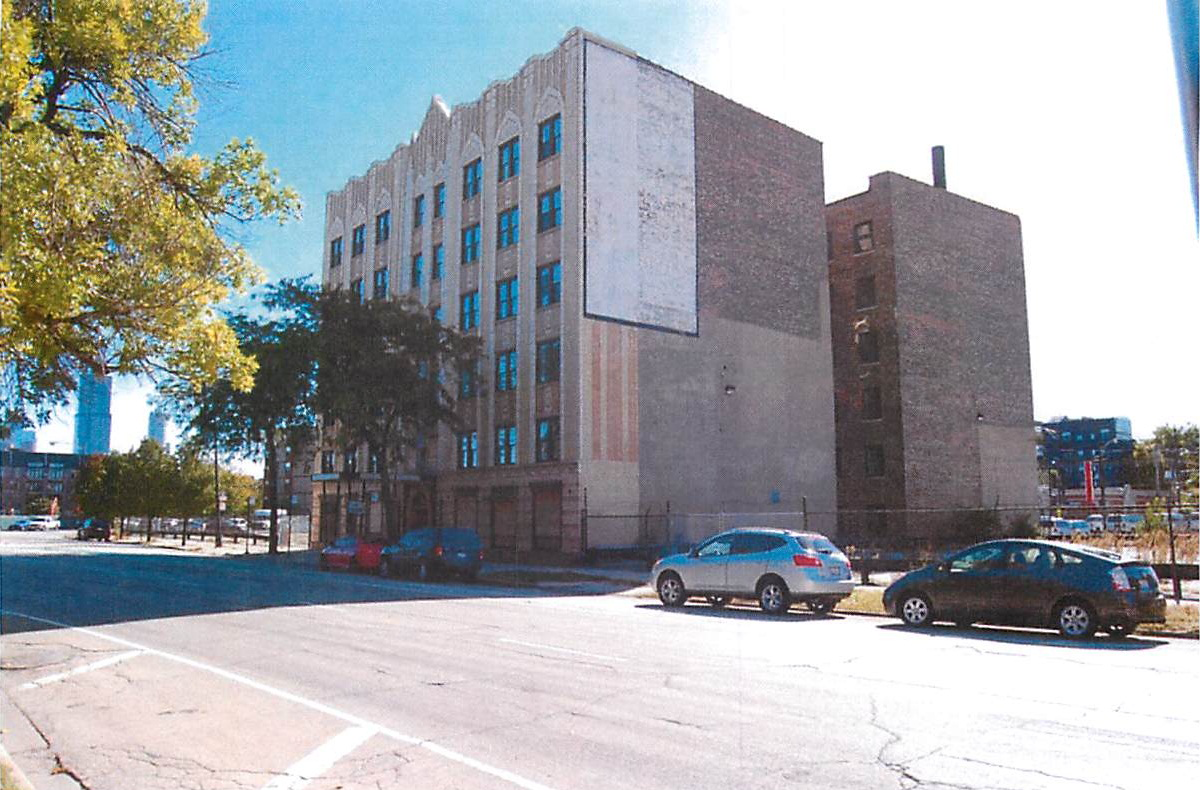
2000s photo, Illinois State Historic Preservation Office | Rear photo, 2009, Matthew Crawford, NRHP Registration Form | Interior and exterior photos in the early 2000s, Illinois State Historic Preservation Office
Some of the ads I used to come up with the data points that graph with the cost of a room over time.
It was noteworthy to me that the Union Park Hotel and Nikolas Hotel advertised in the Chicago Tribune, but for the first couple decades of its existence the Viceroy advertised exclusively in the Chicago Defender–a clear response to white flight.
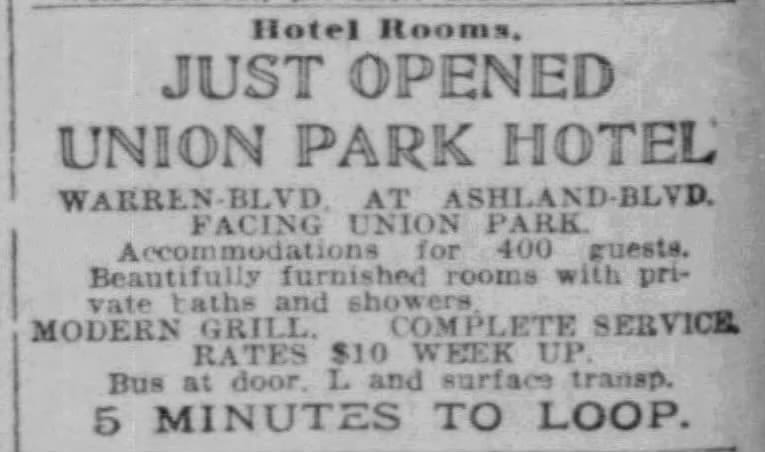
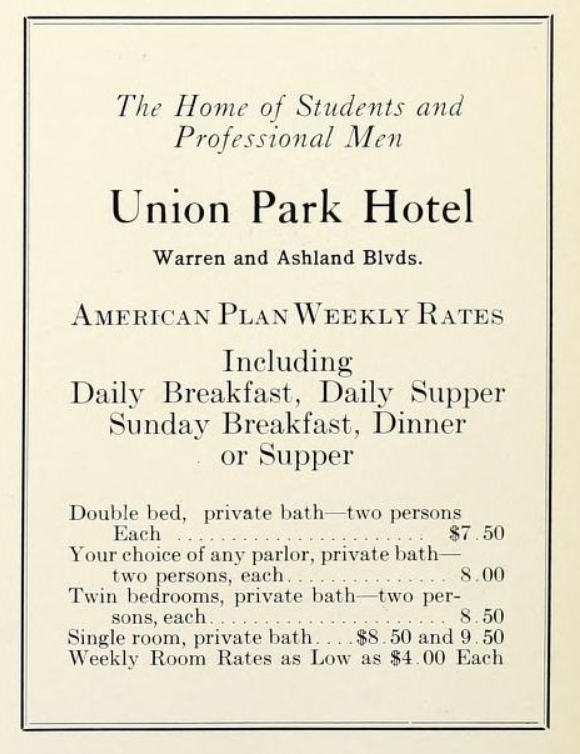
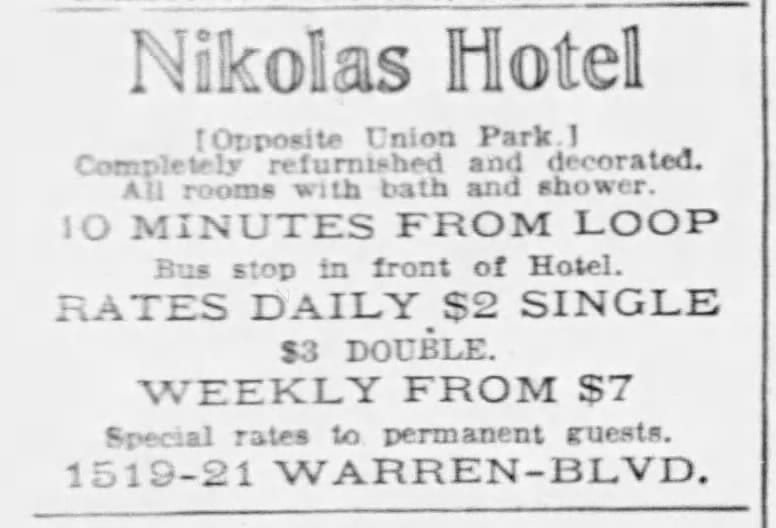
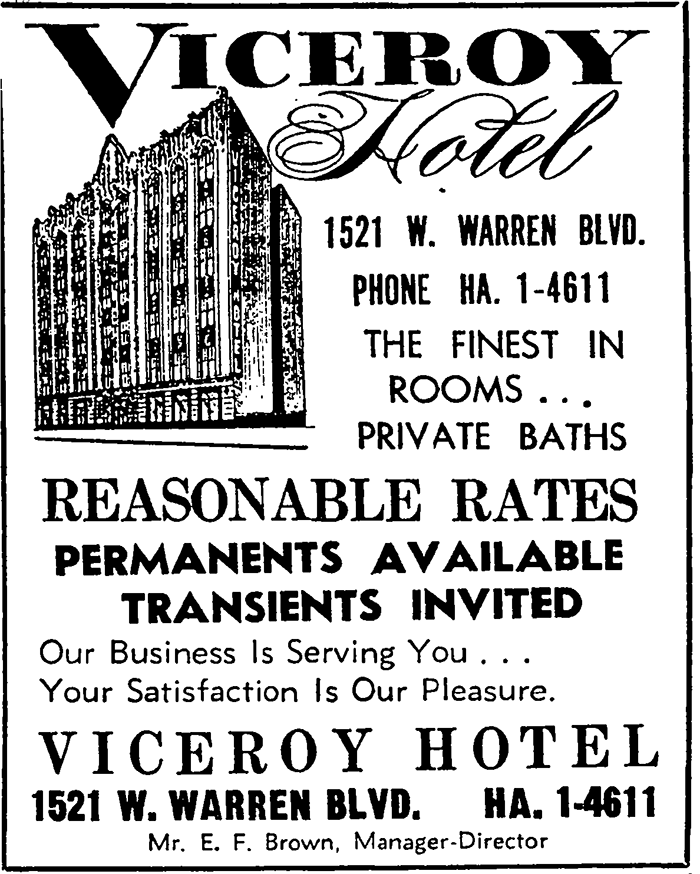
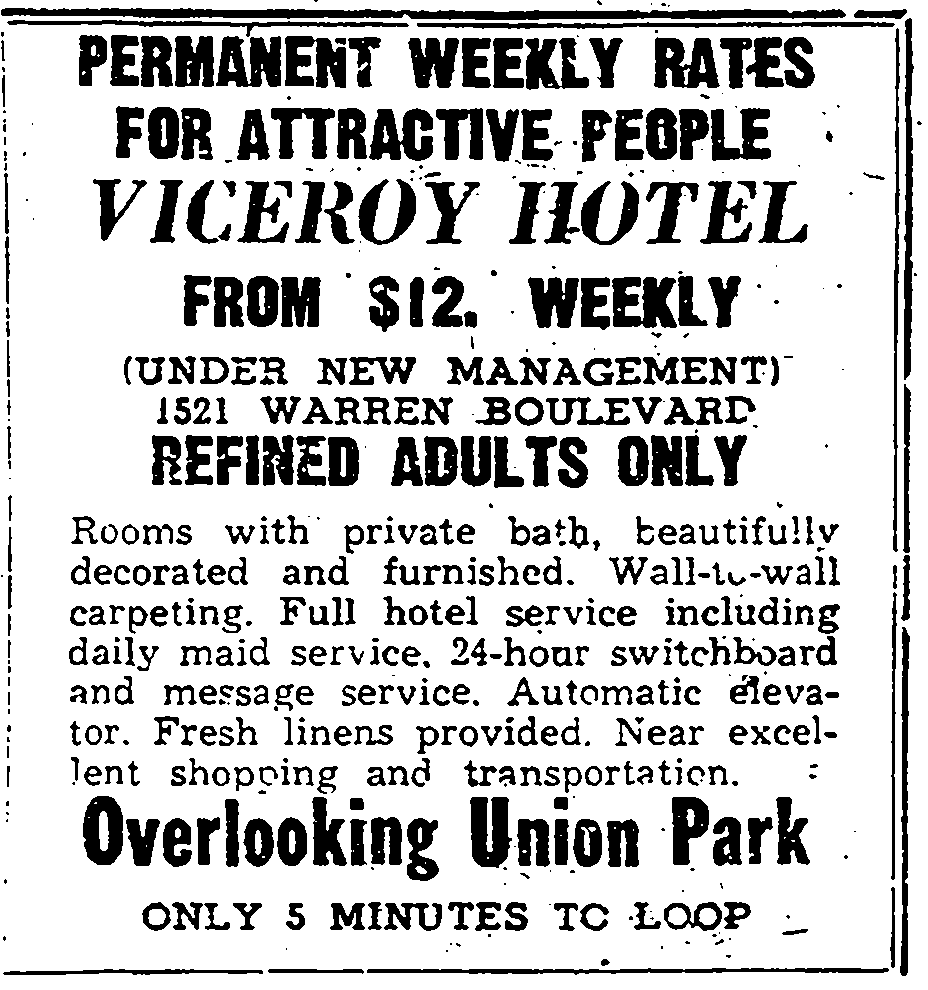
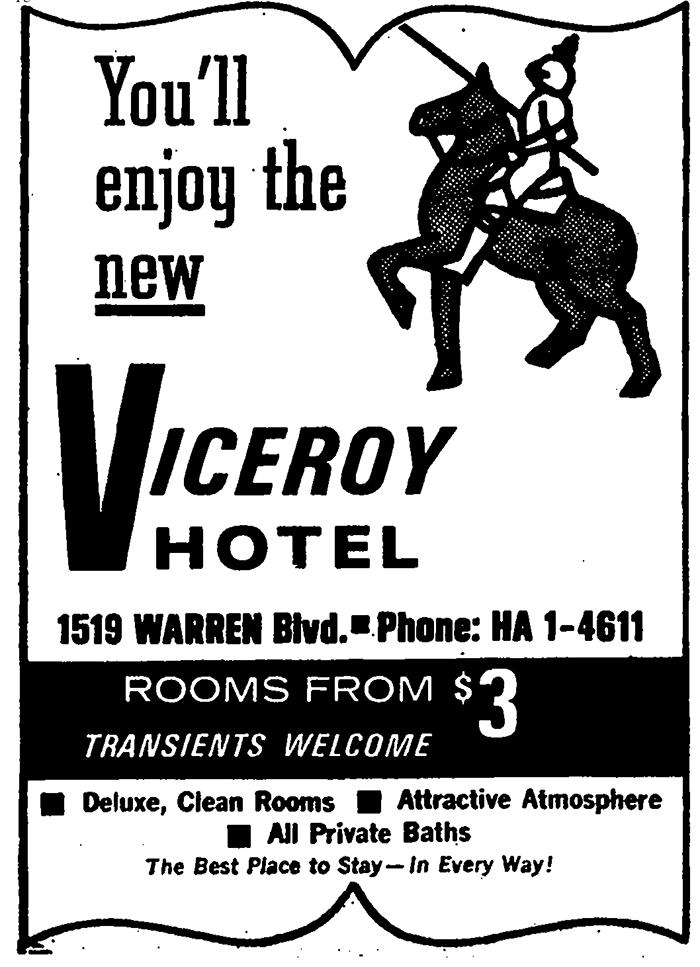
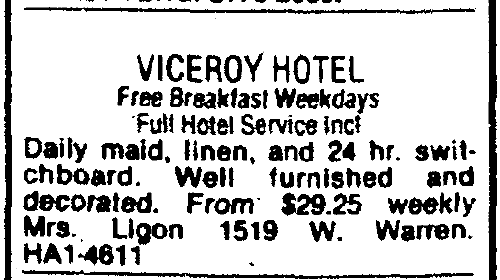
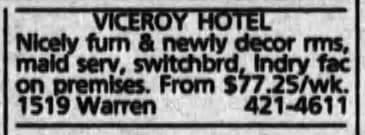
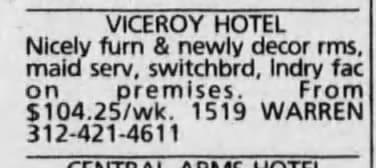
1930 ad, Chicago Tribune | 1935 ad, Dentos, Loyola University Chicago College of Dental Surgery | 1941 ad, Chicago Tribune | 1960 ad, Chicago Defender | 1963 ad, Chicago Defender | 1969 ad, Chicago Defender | 1976 ad, Chicago Defender | 1989 ad, Chicago Tribune | 1996 ad, Chicago Tribune
Some interesting stuff in the production file in the Curt Teich Archive at the Newberry Library. The customer wanted some cars removed (who doesn't?) and a hedge added.
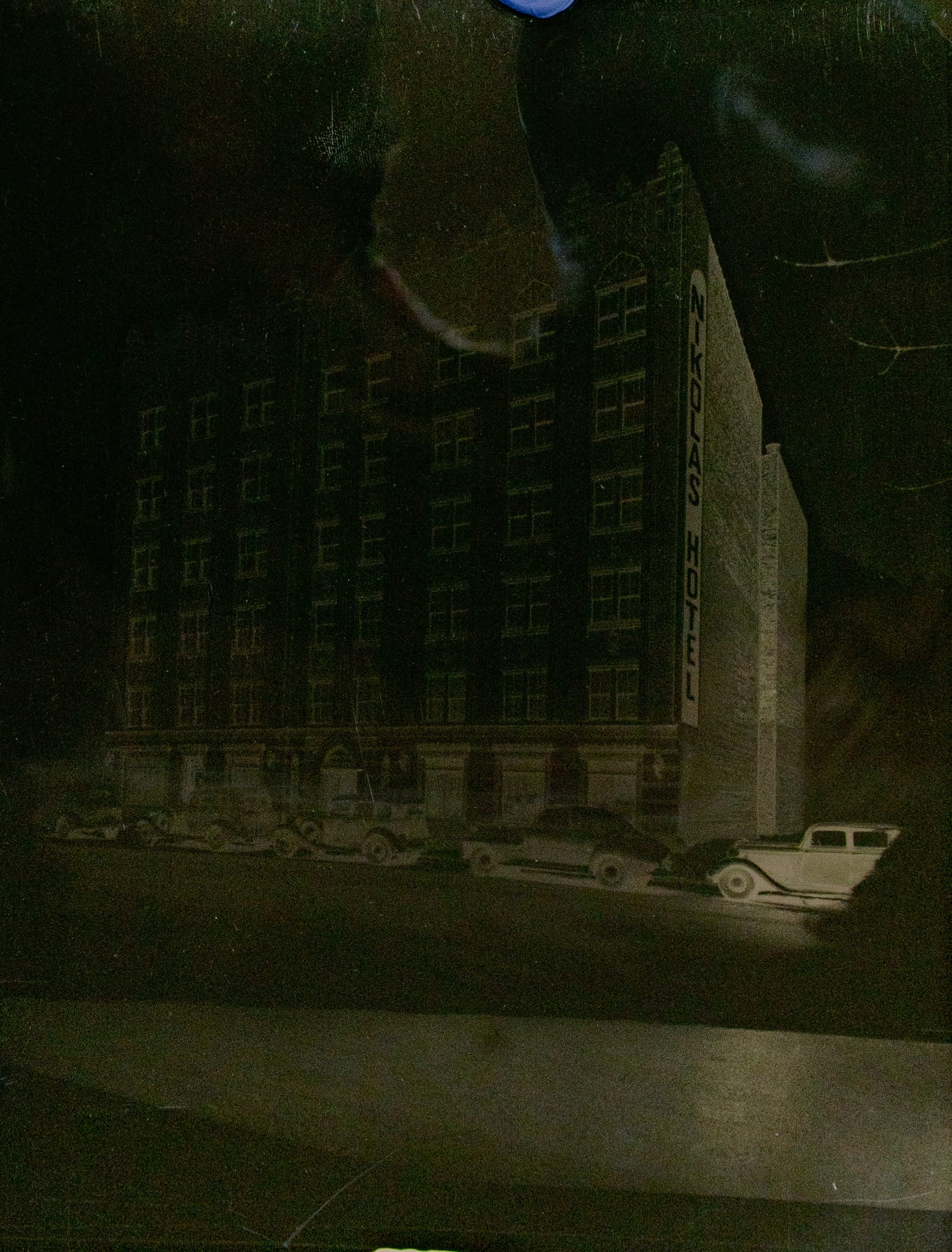
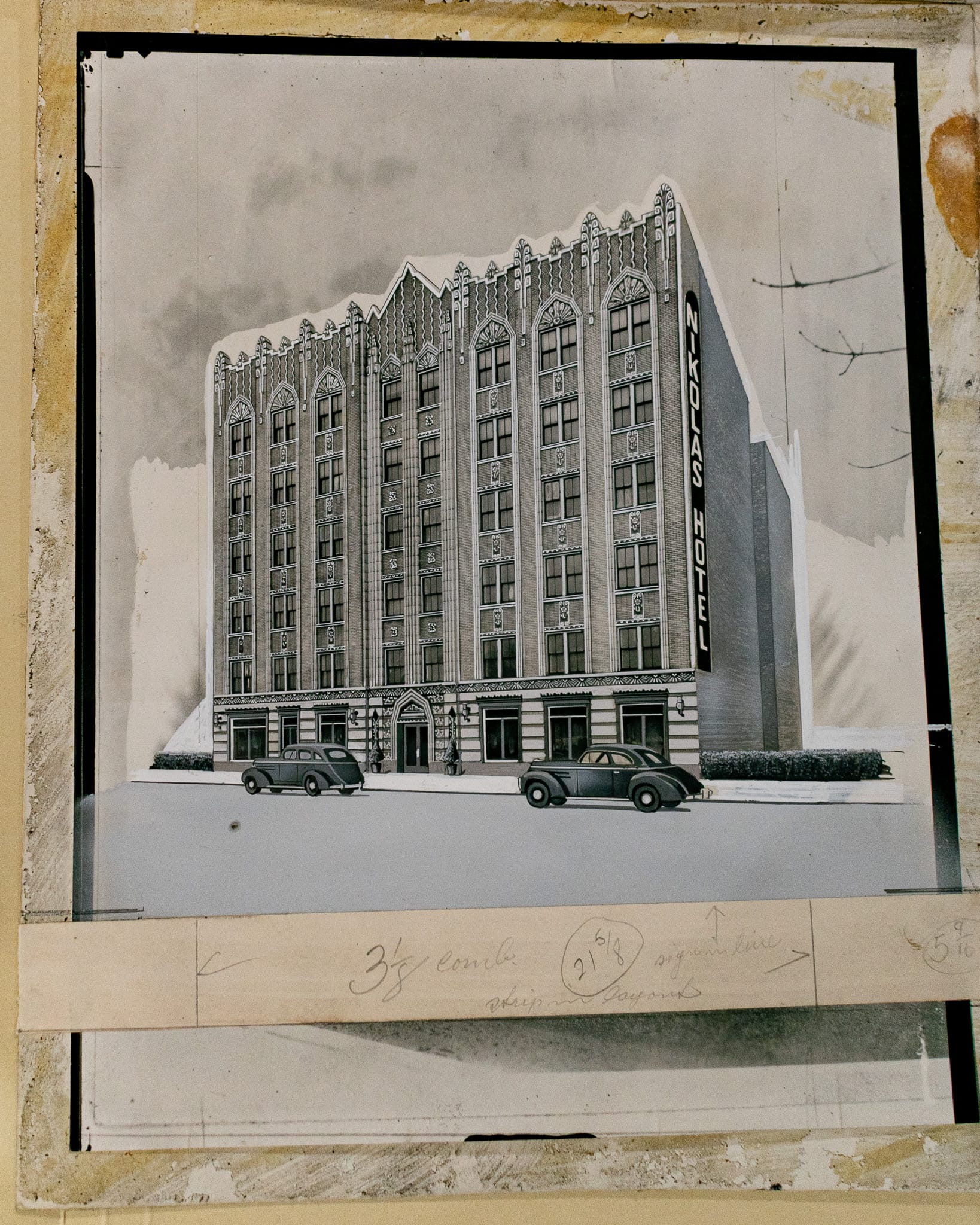
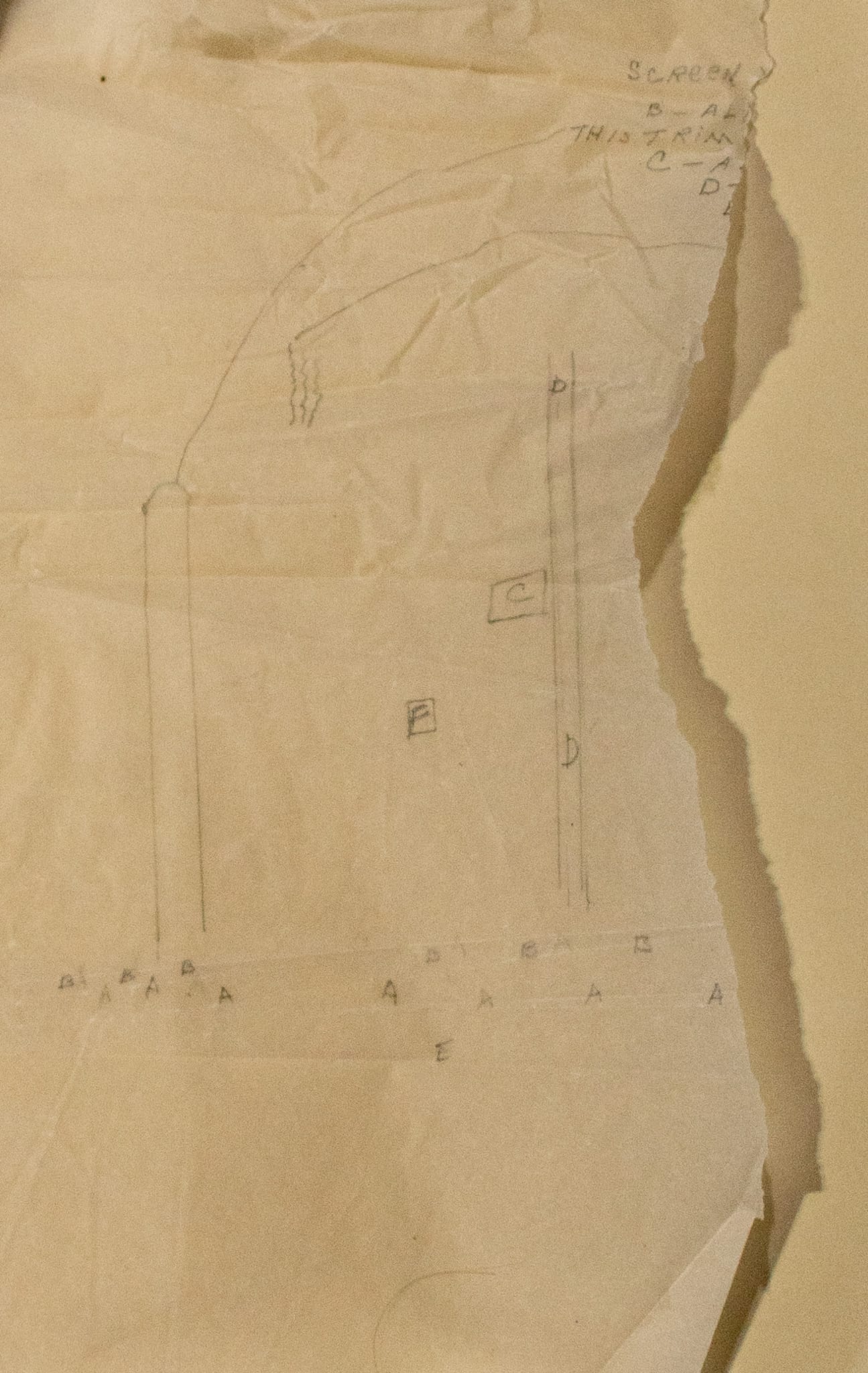
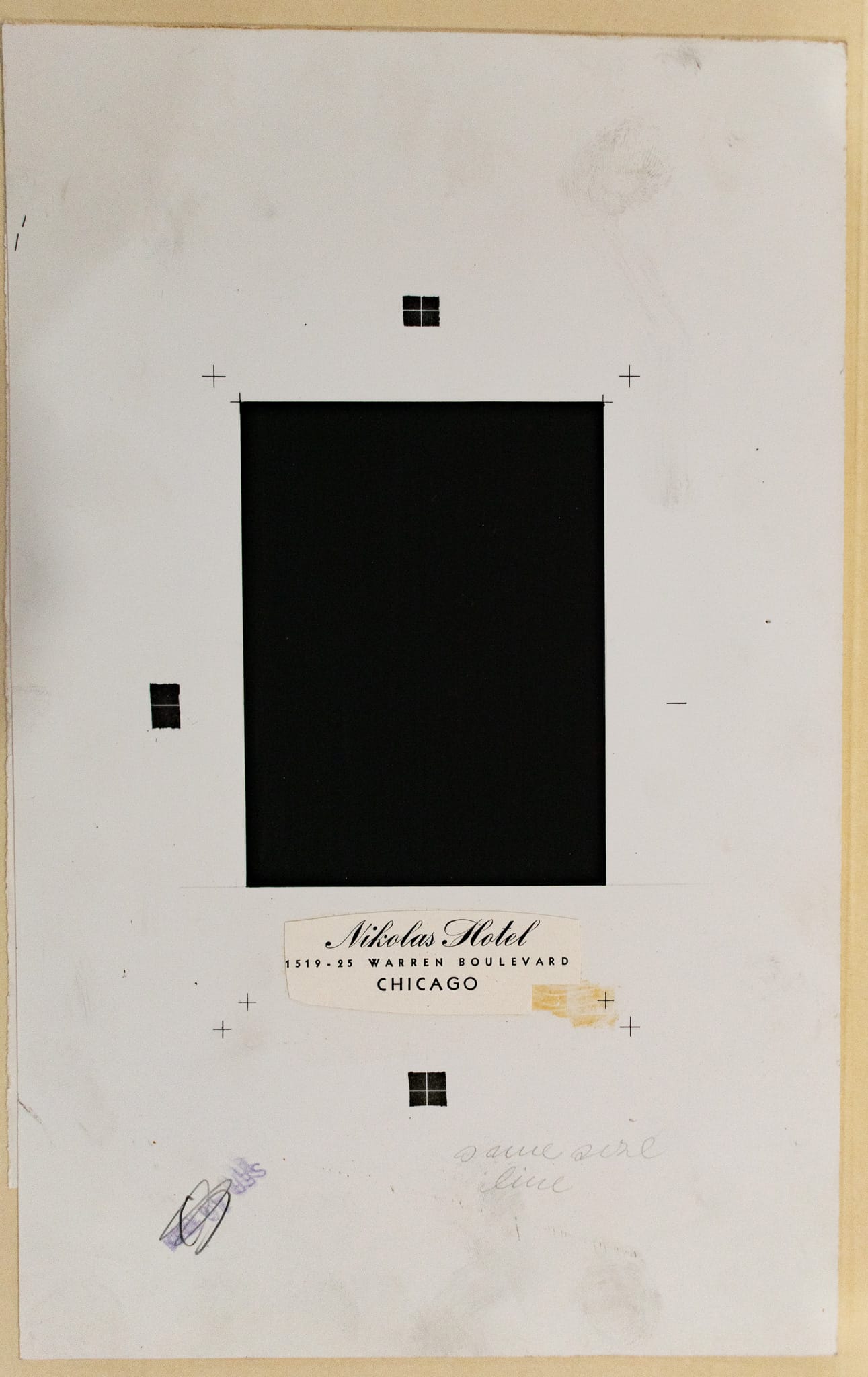
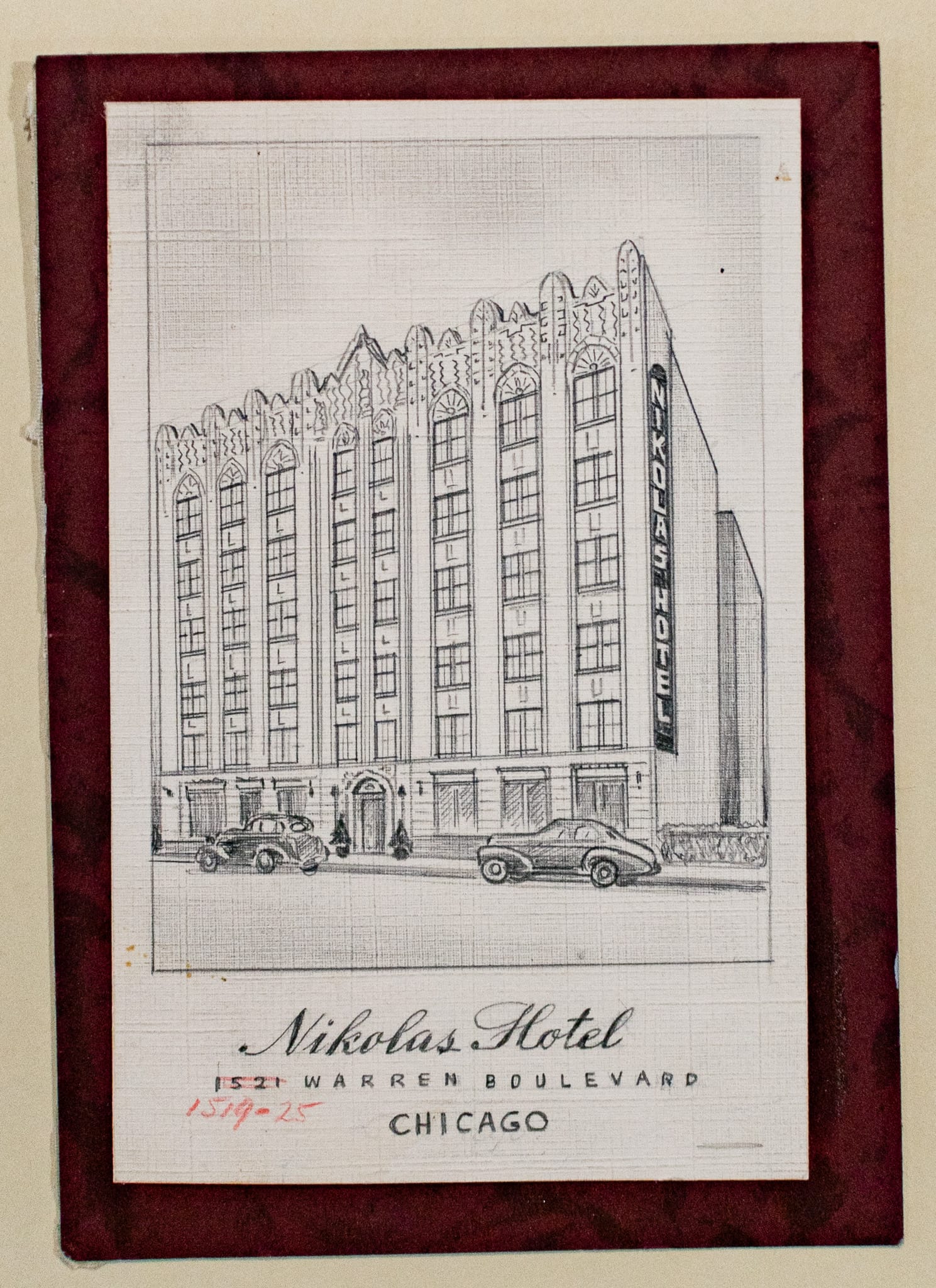
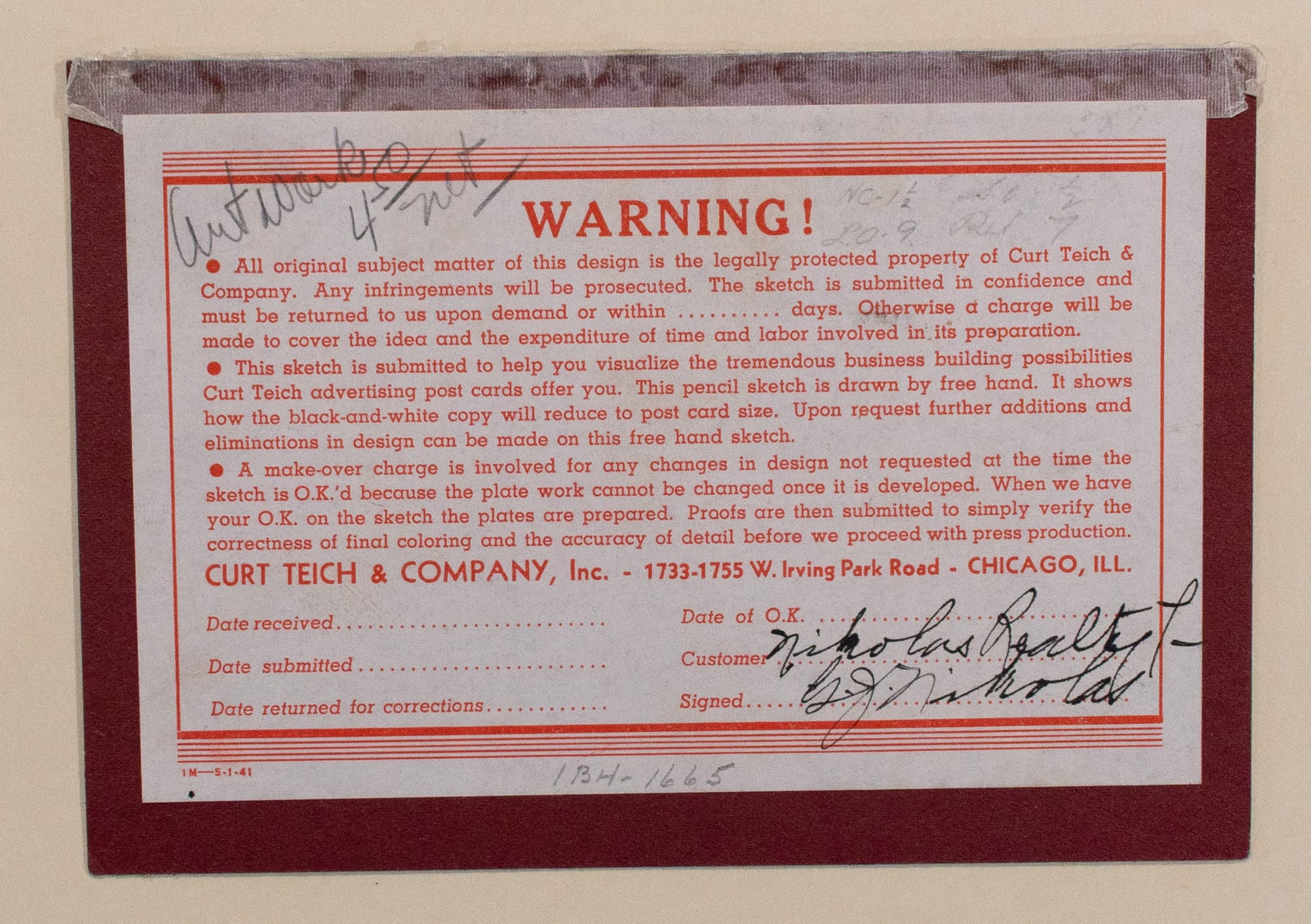
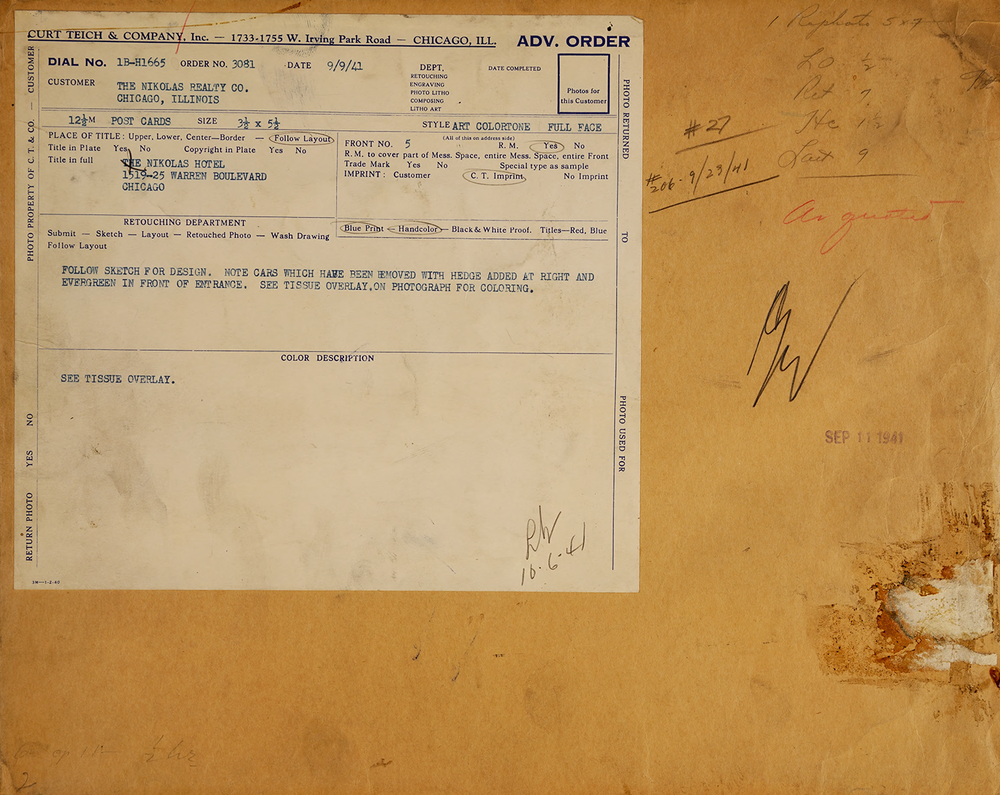
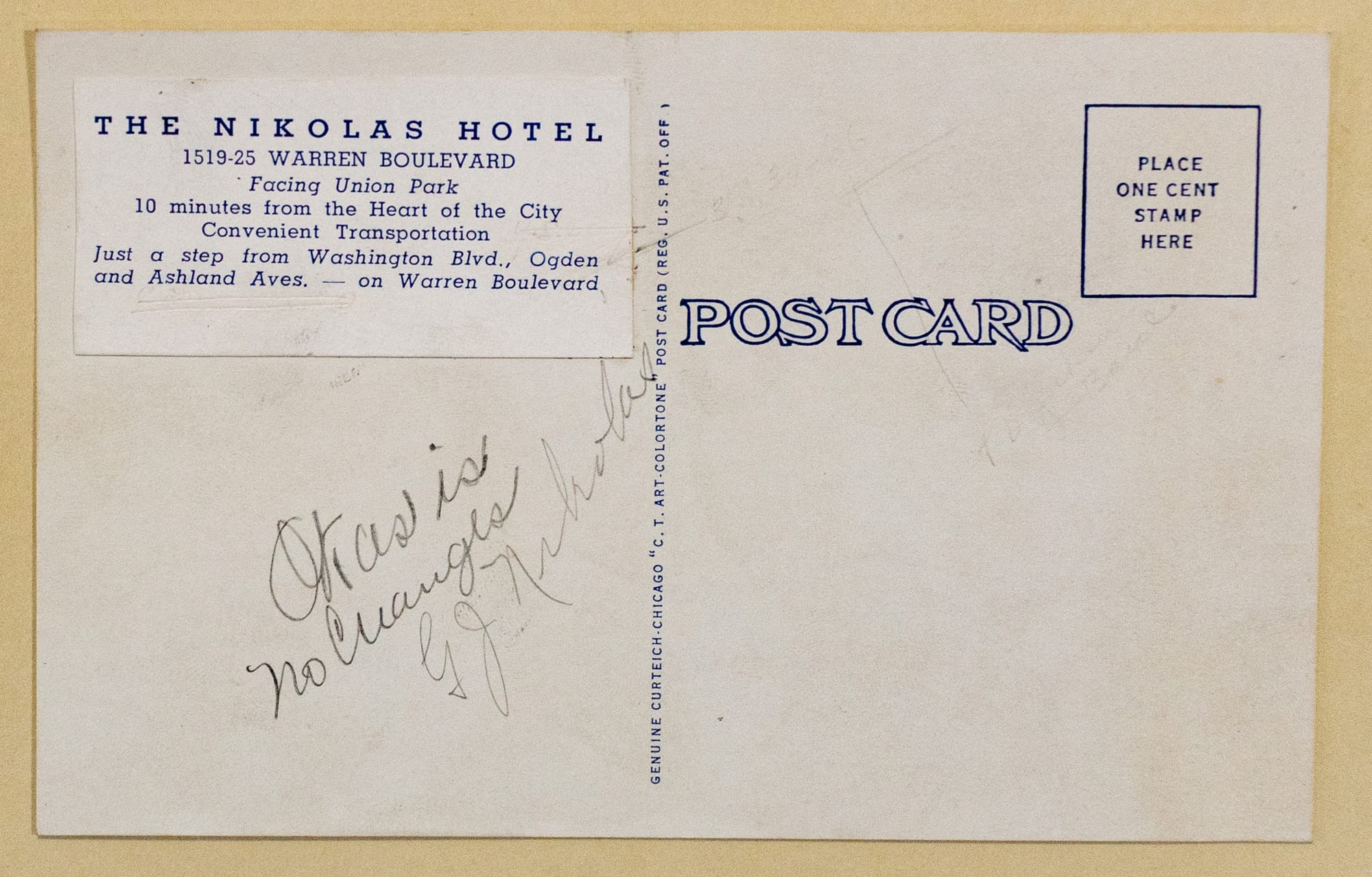
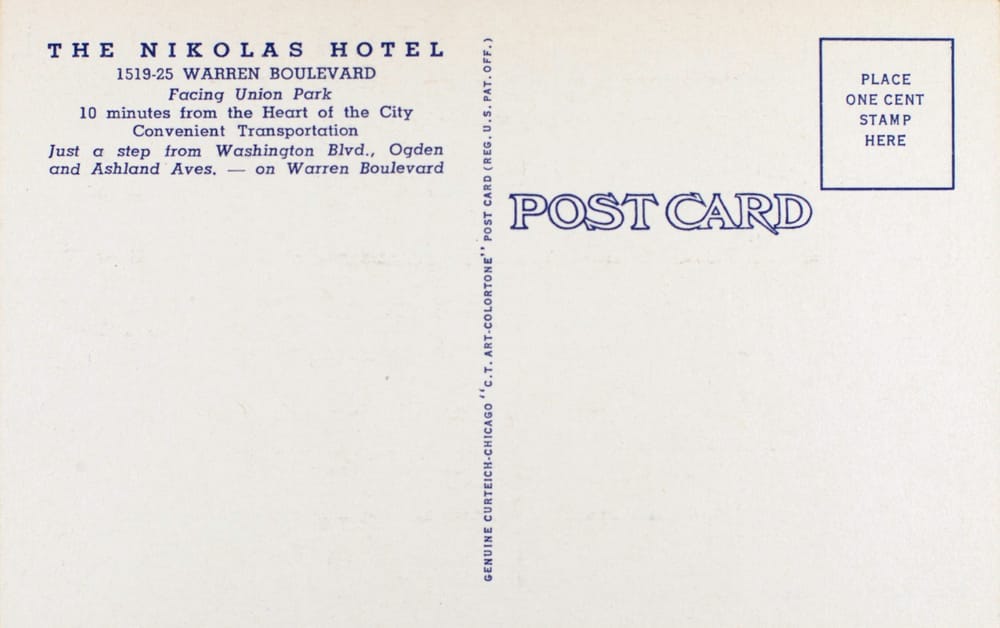



Member discussion: